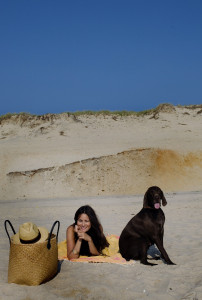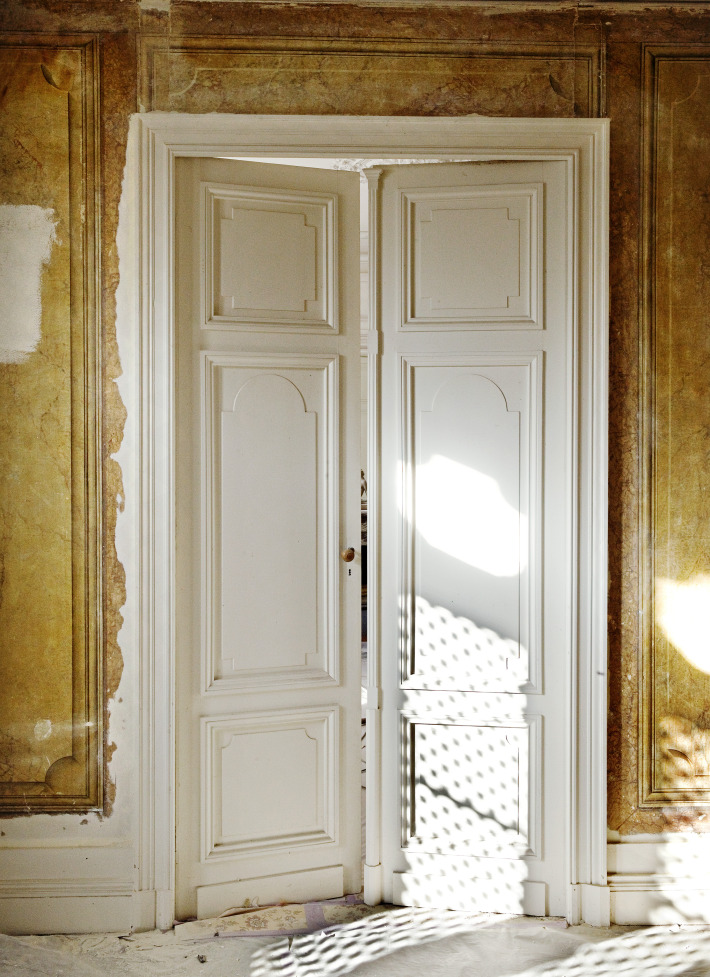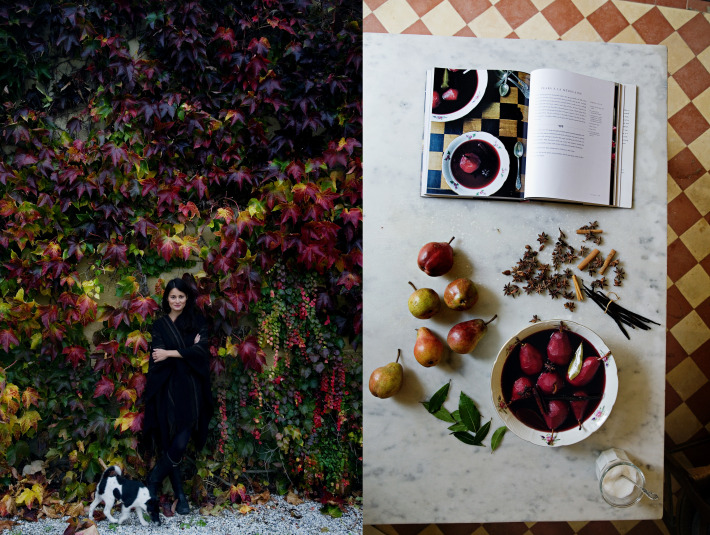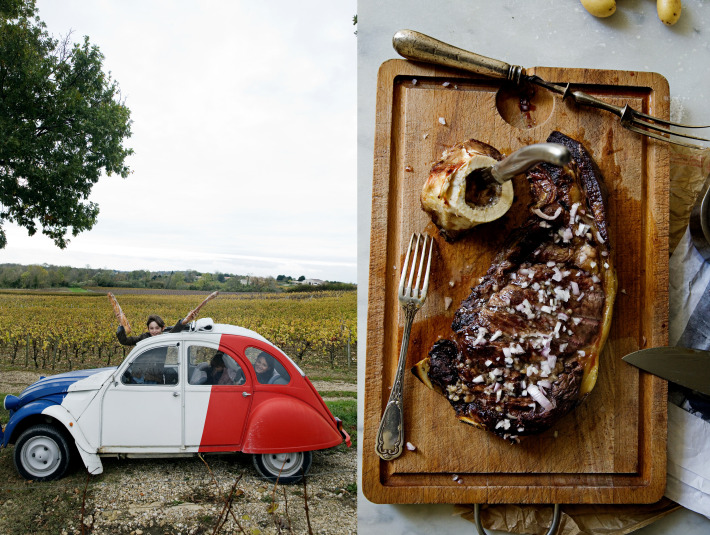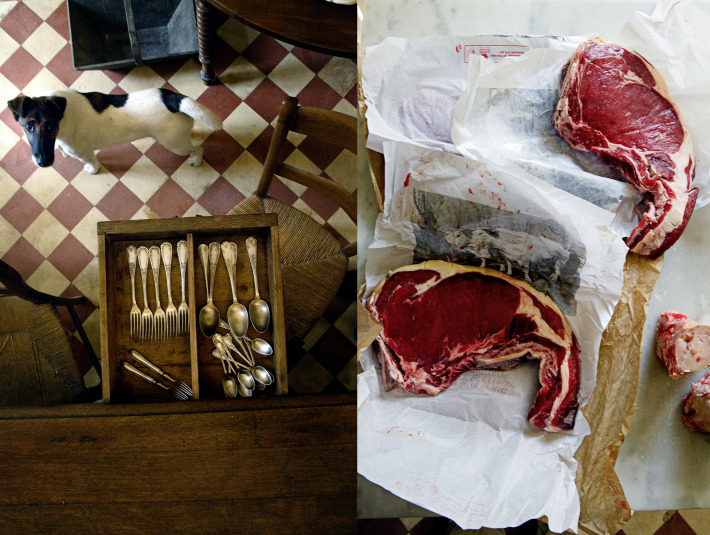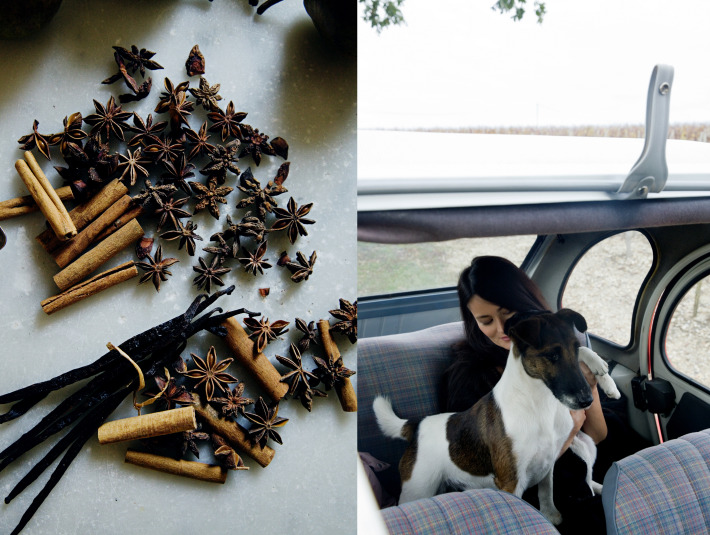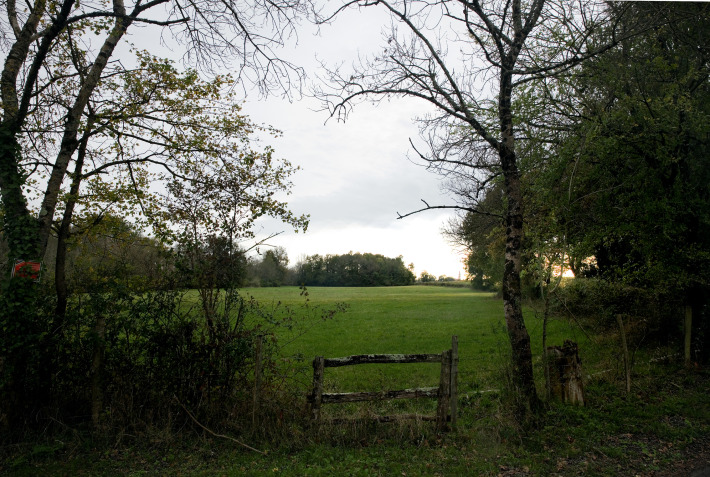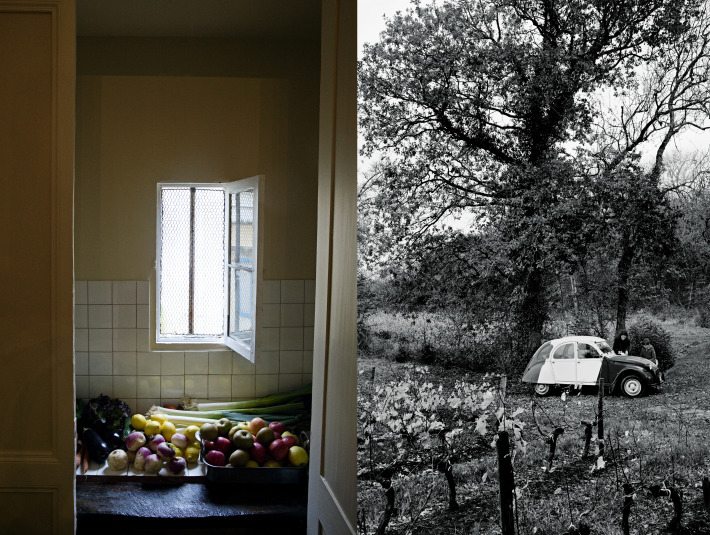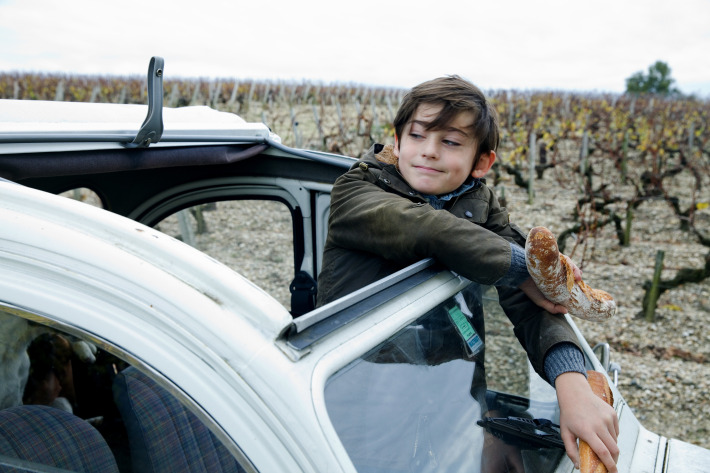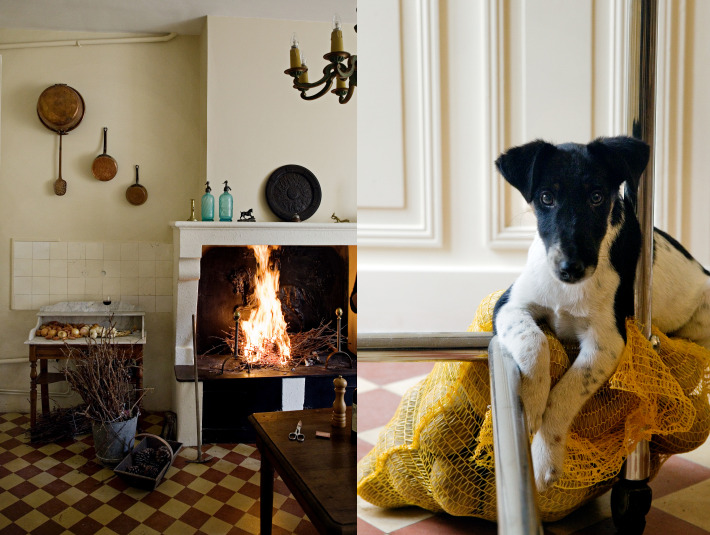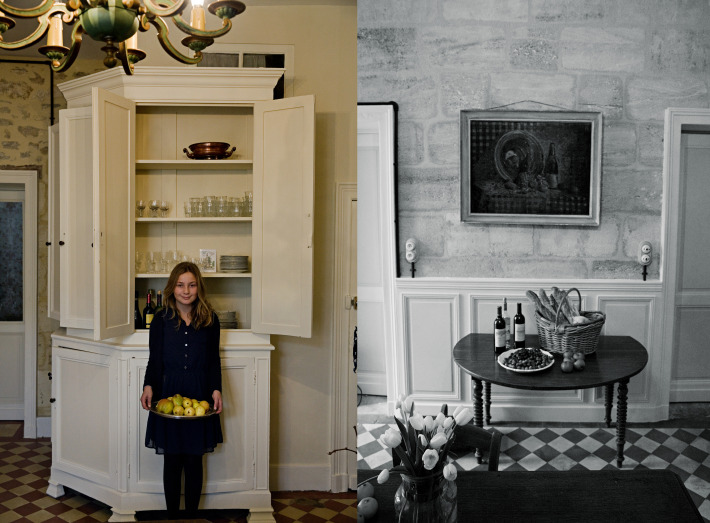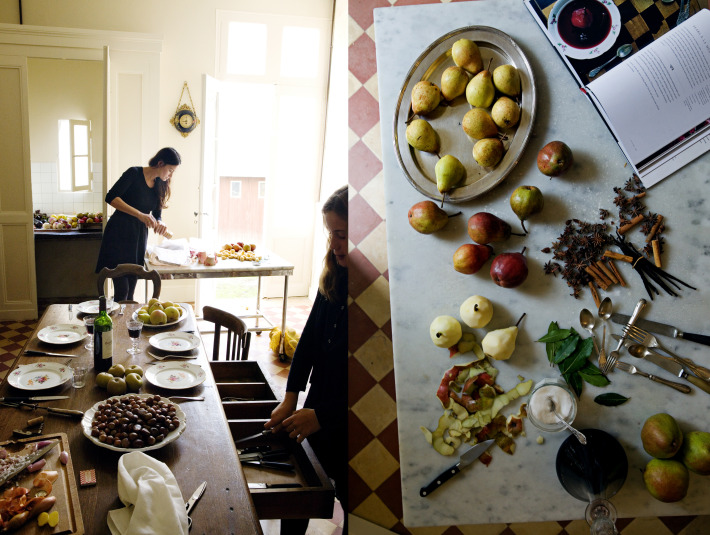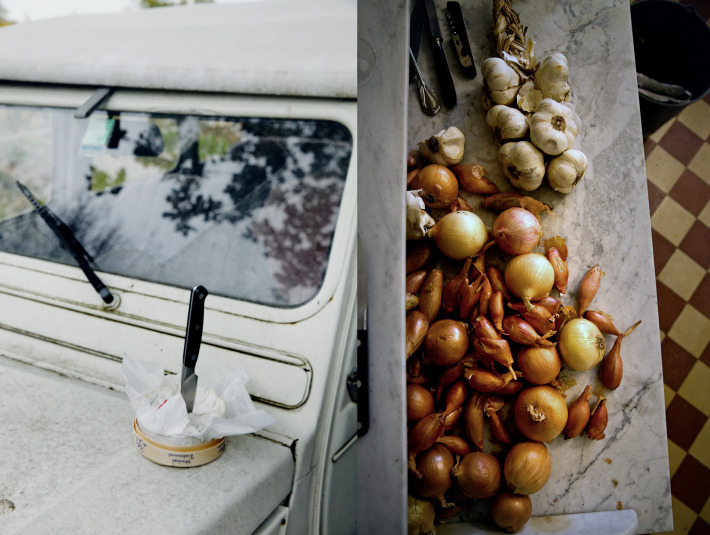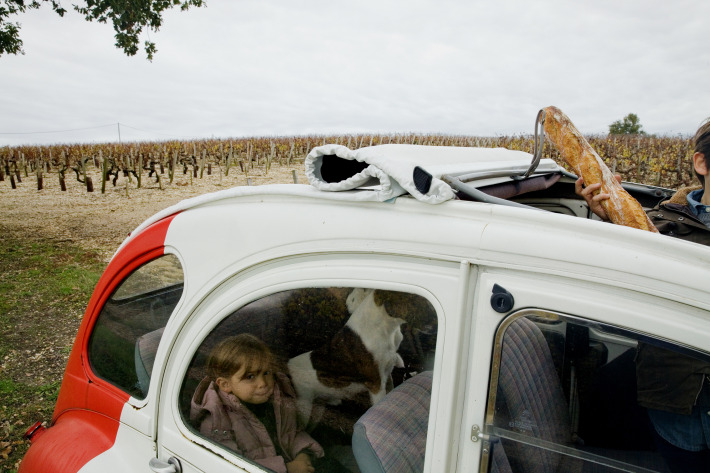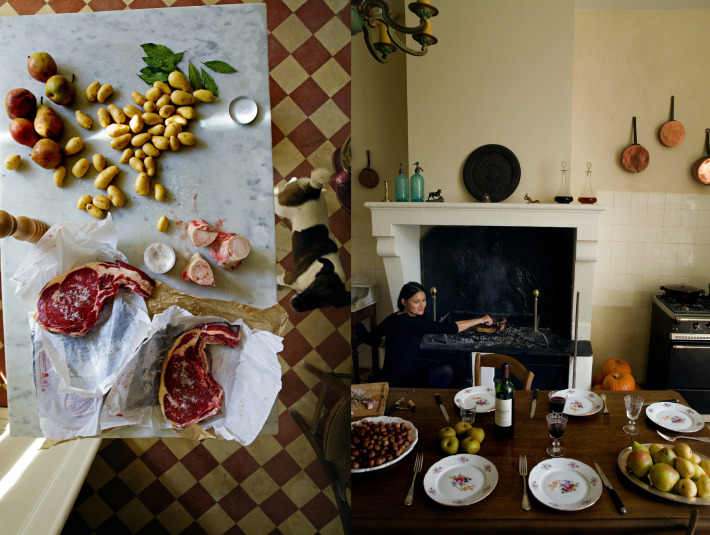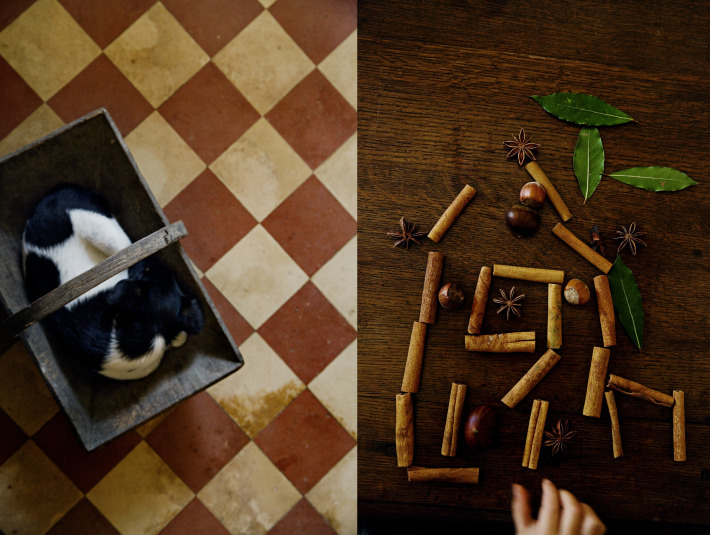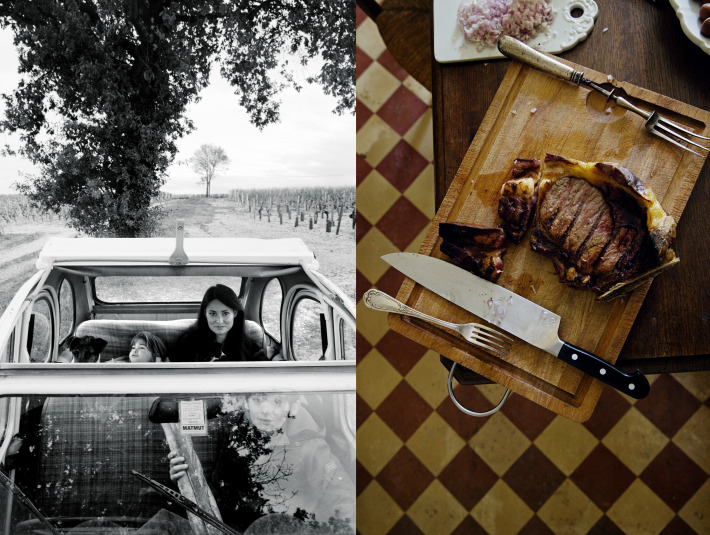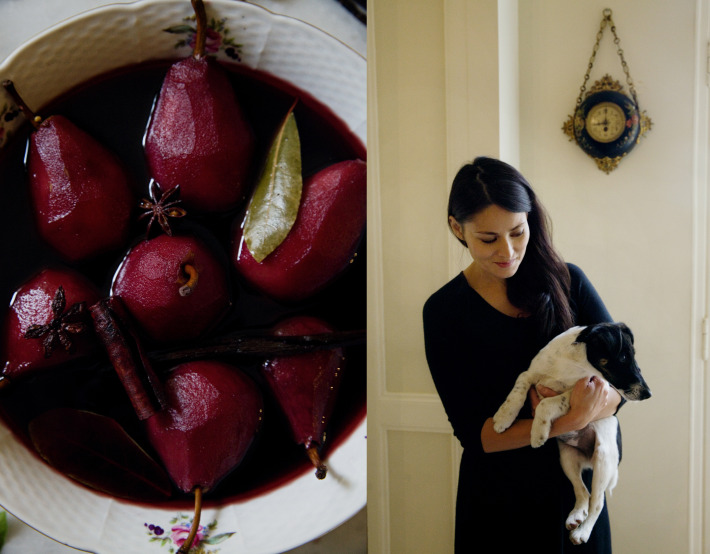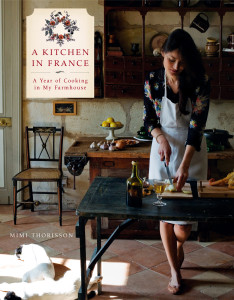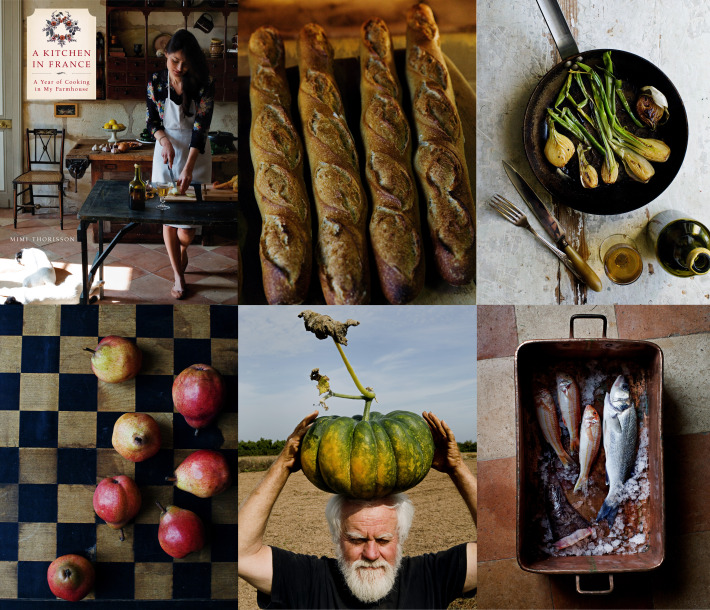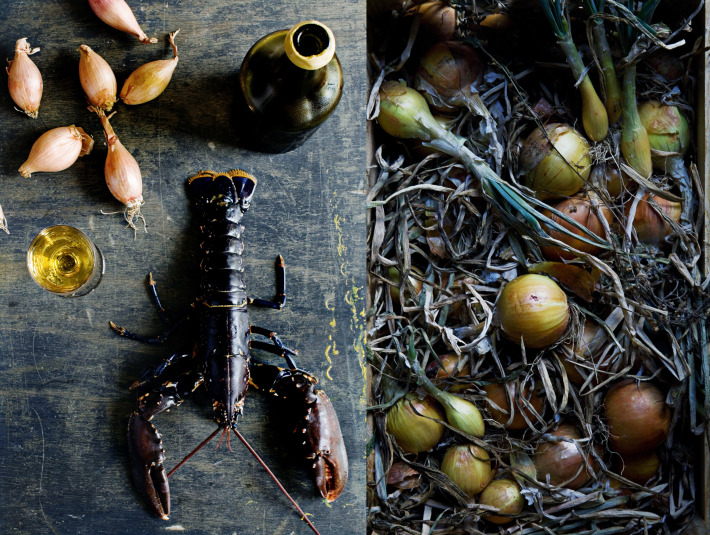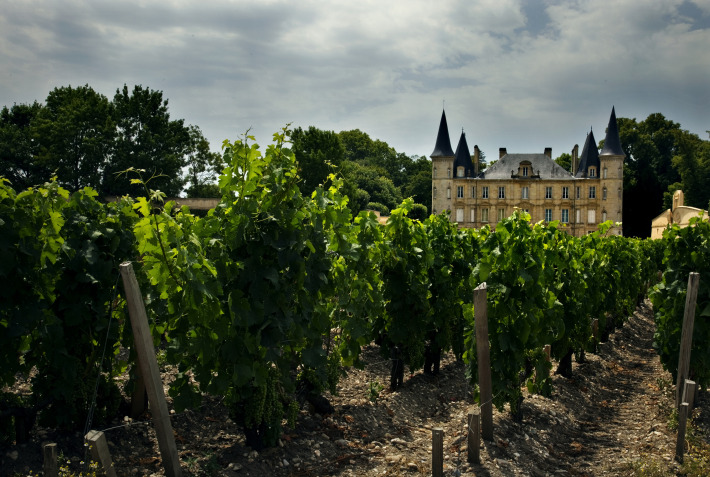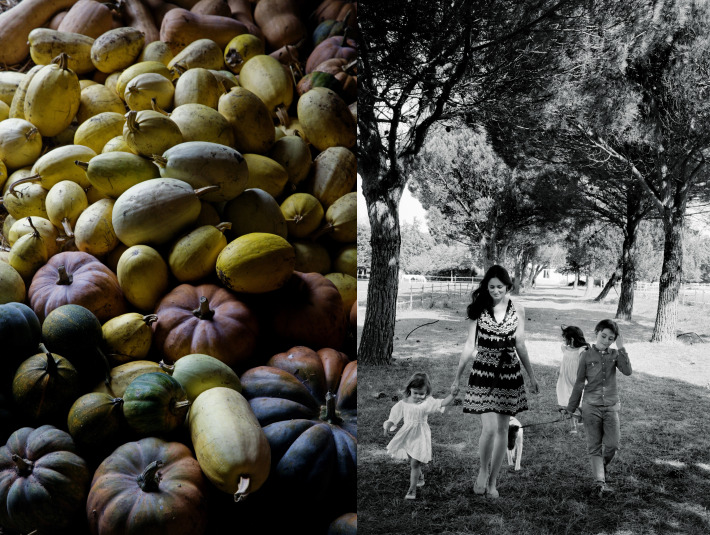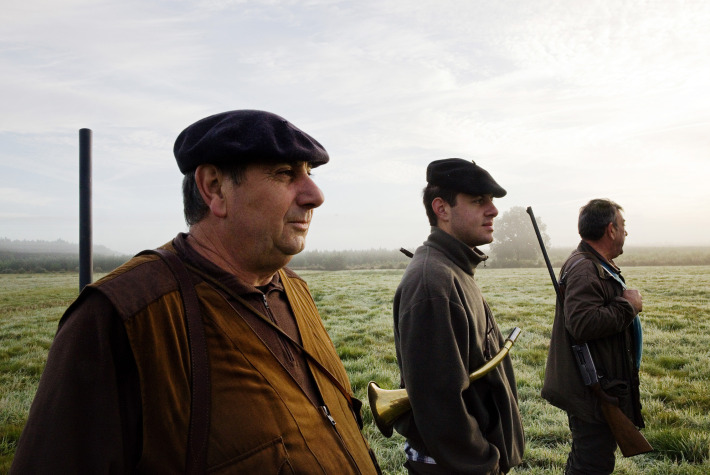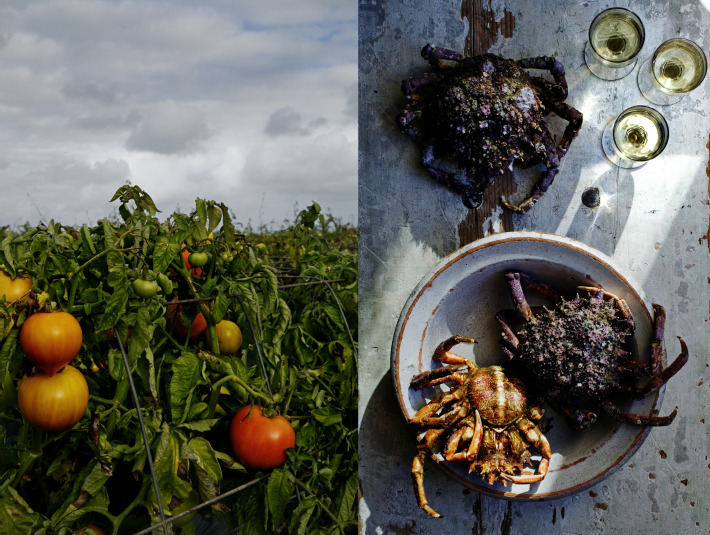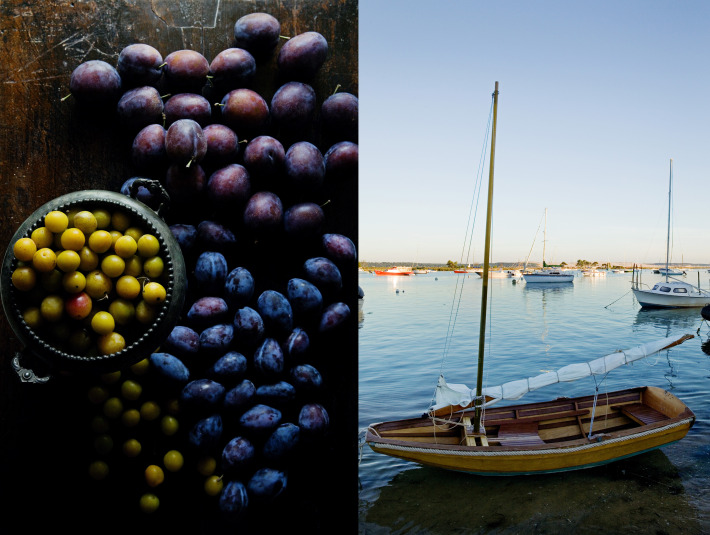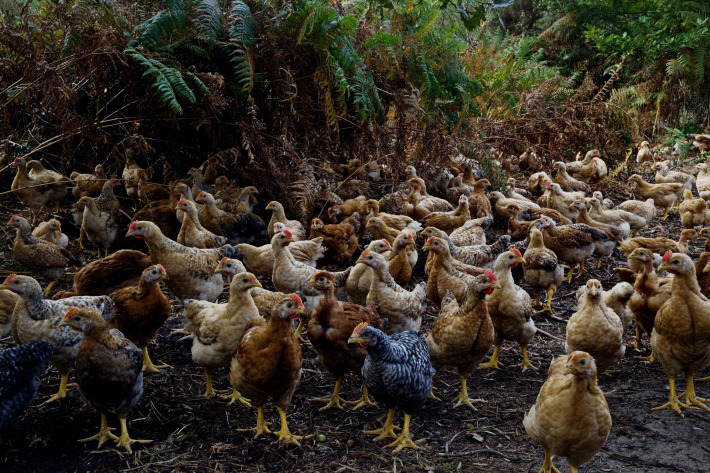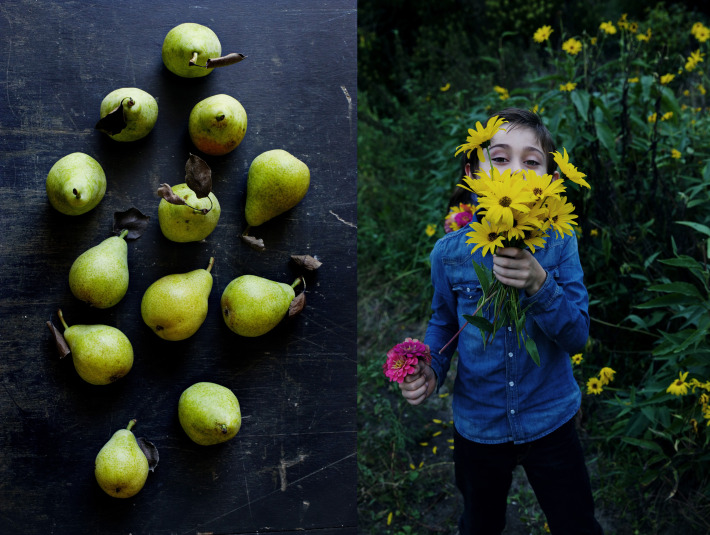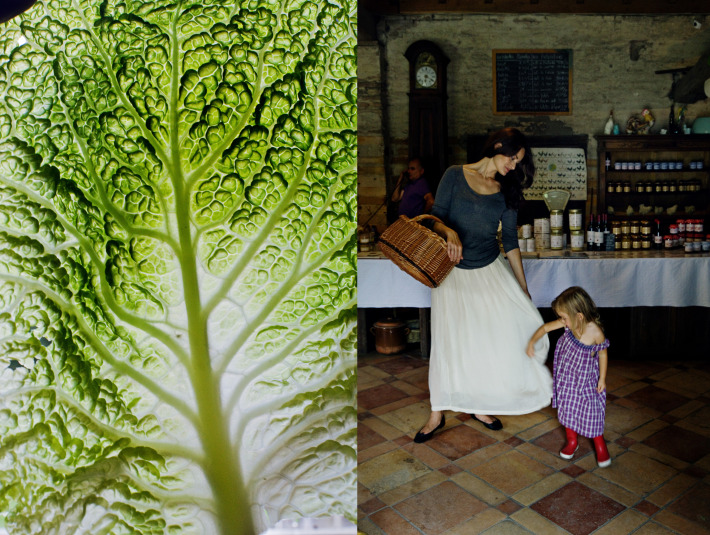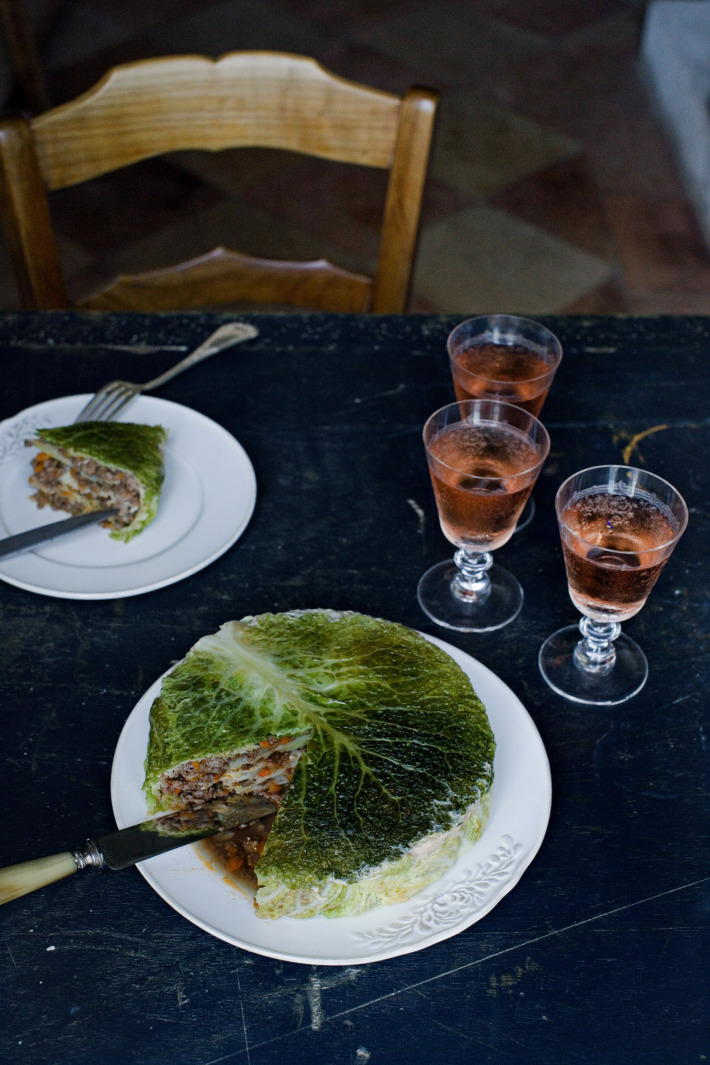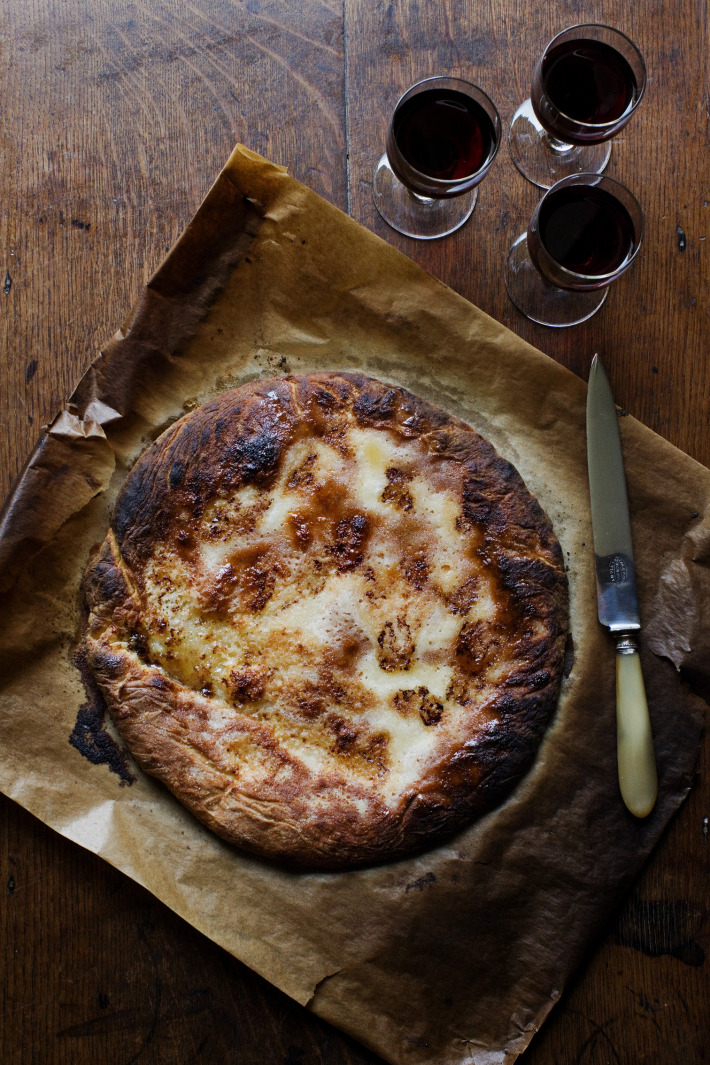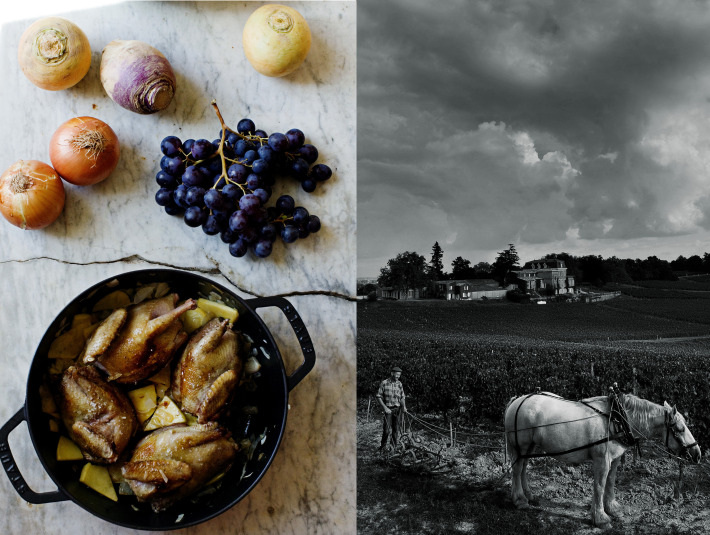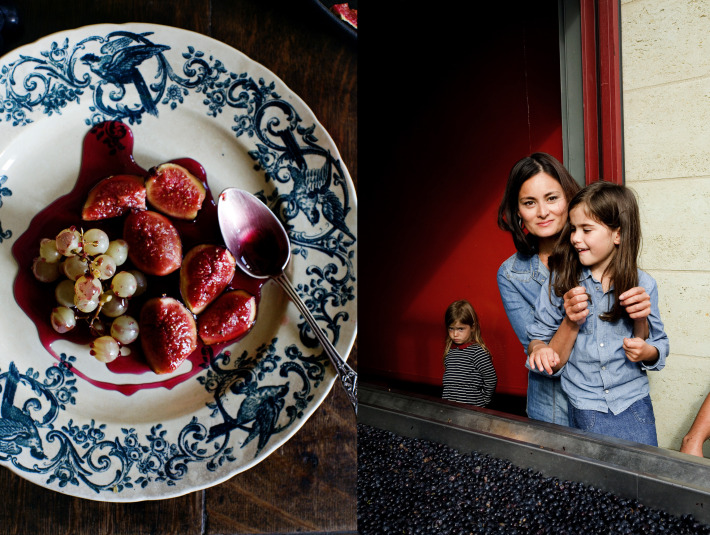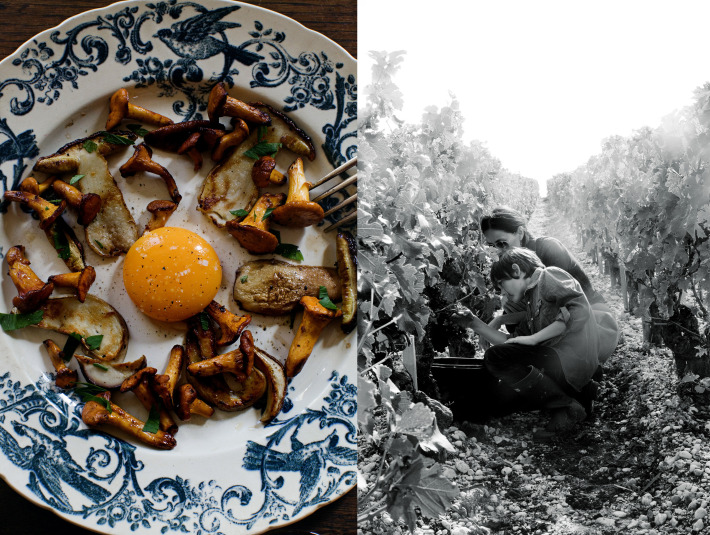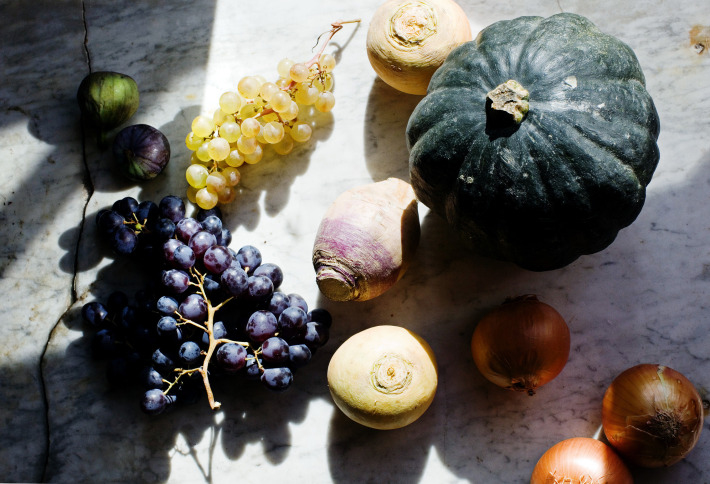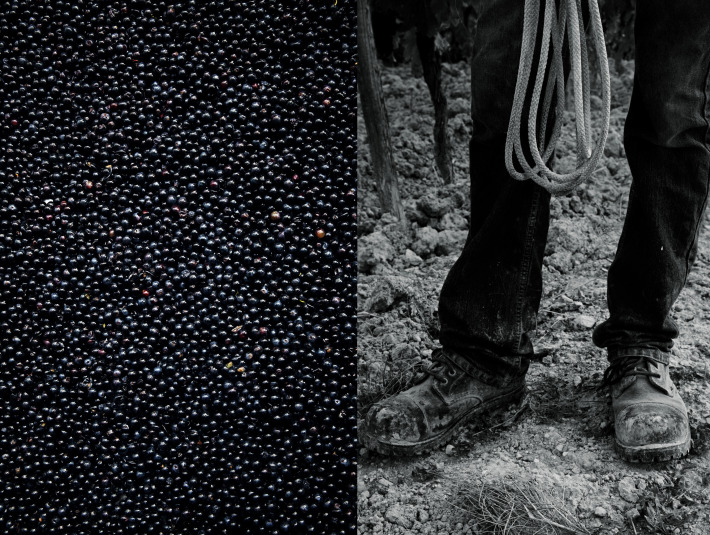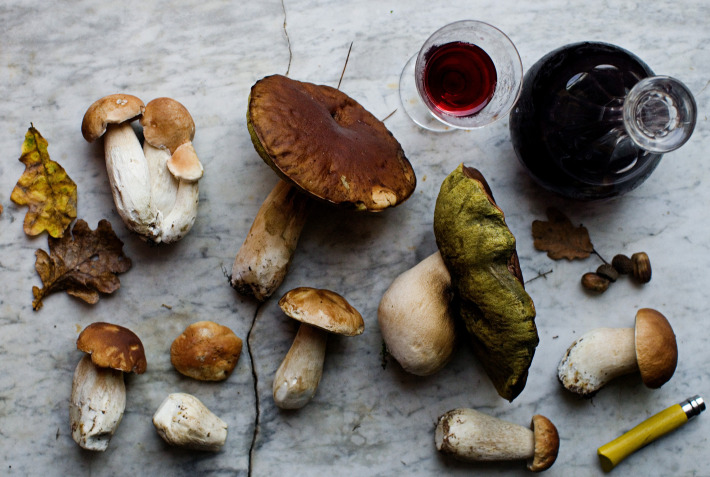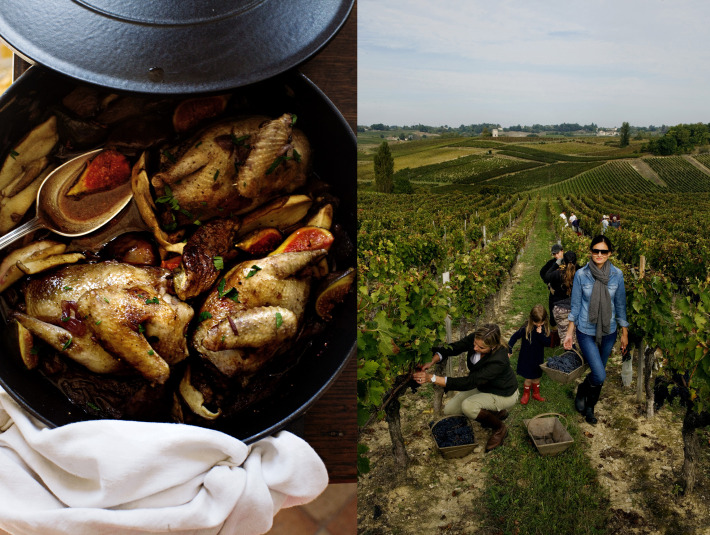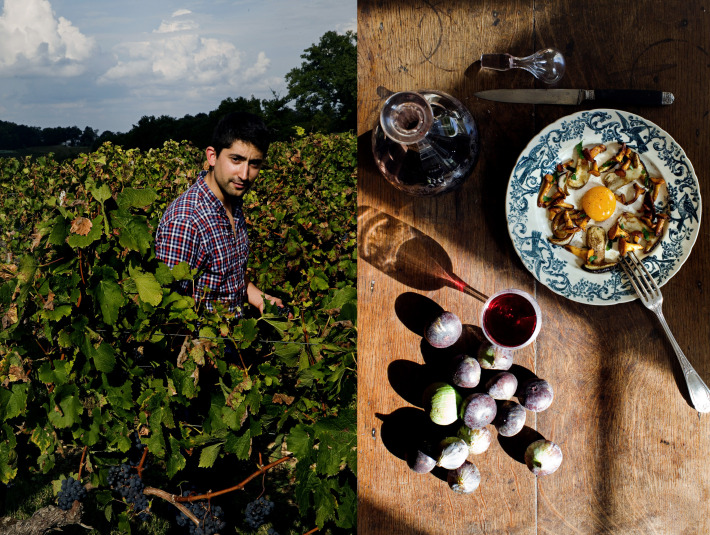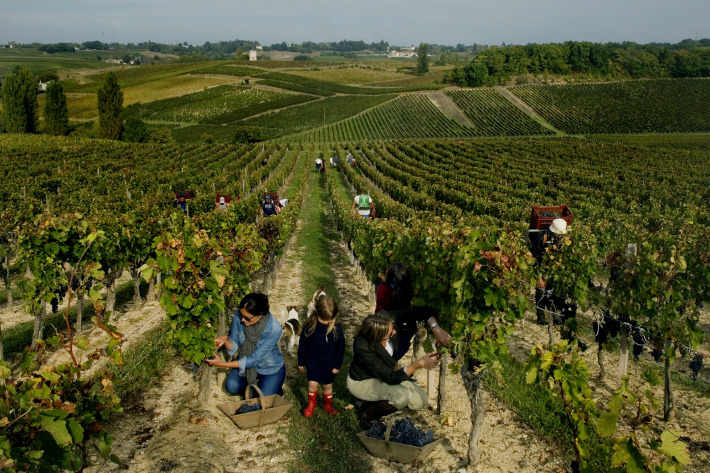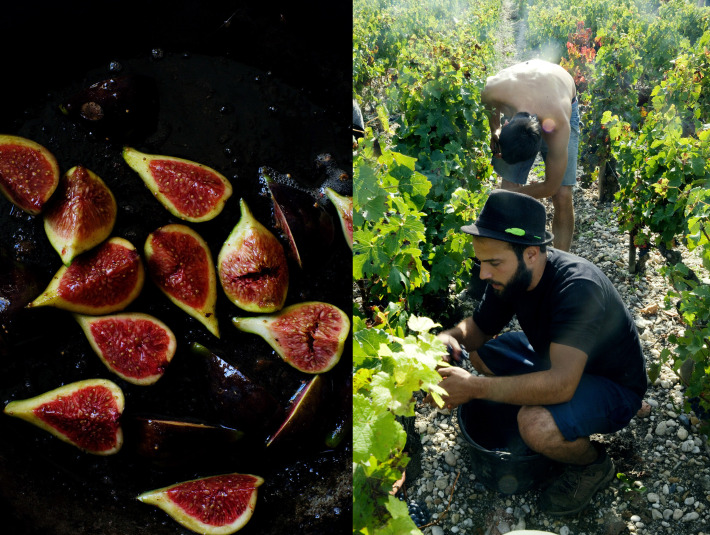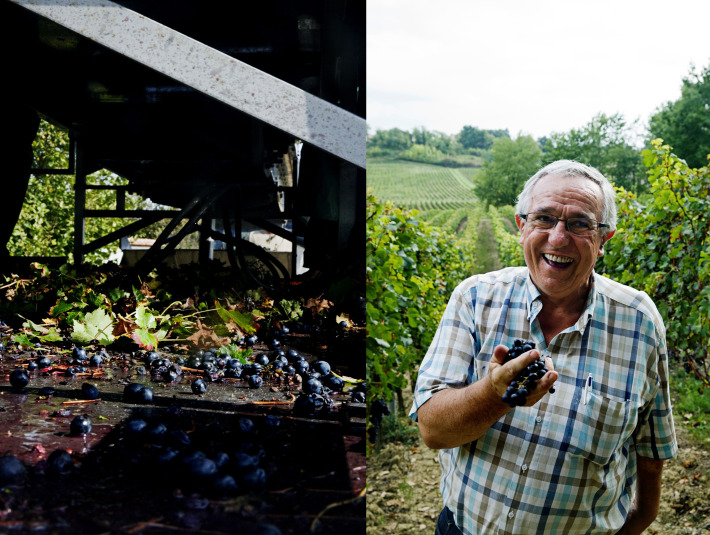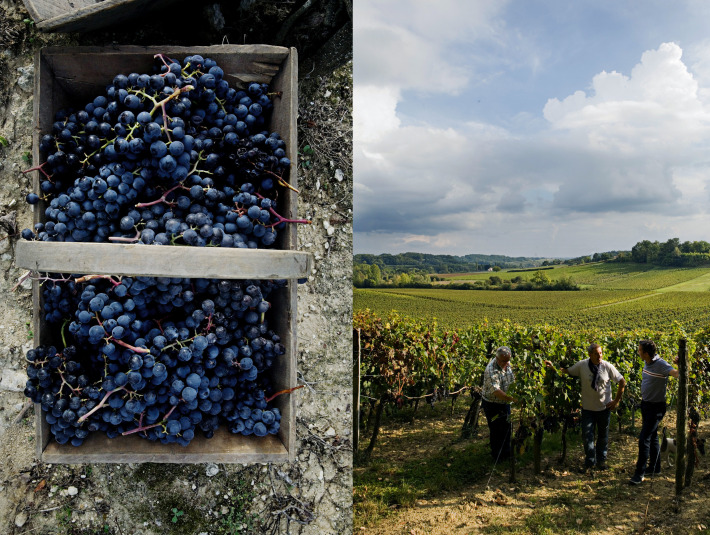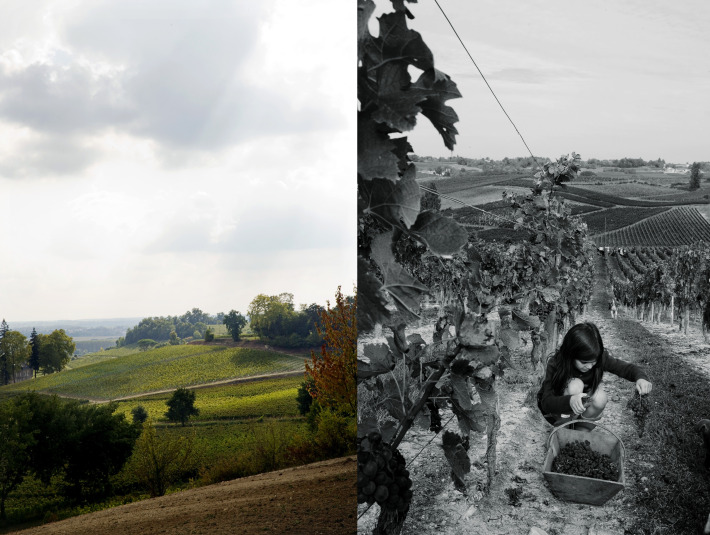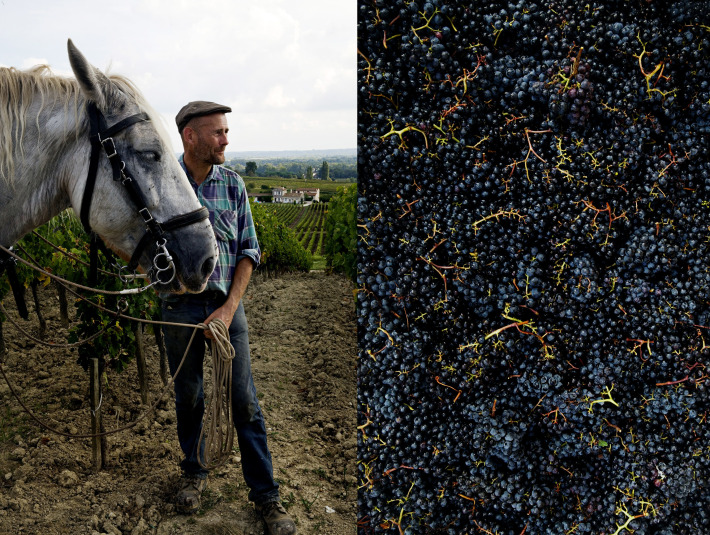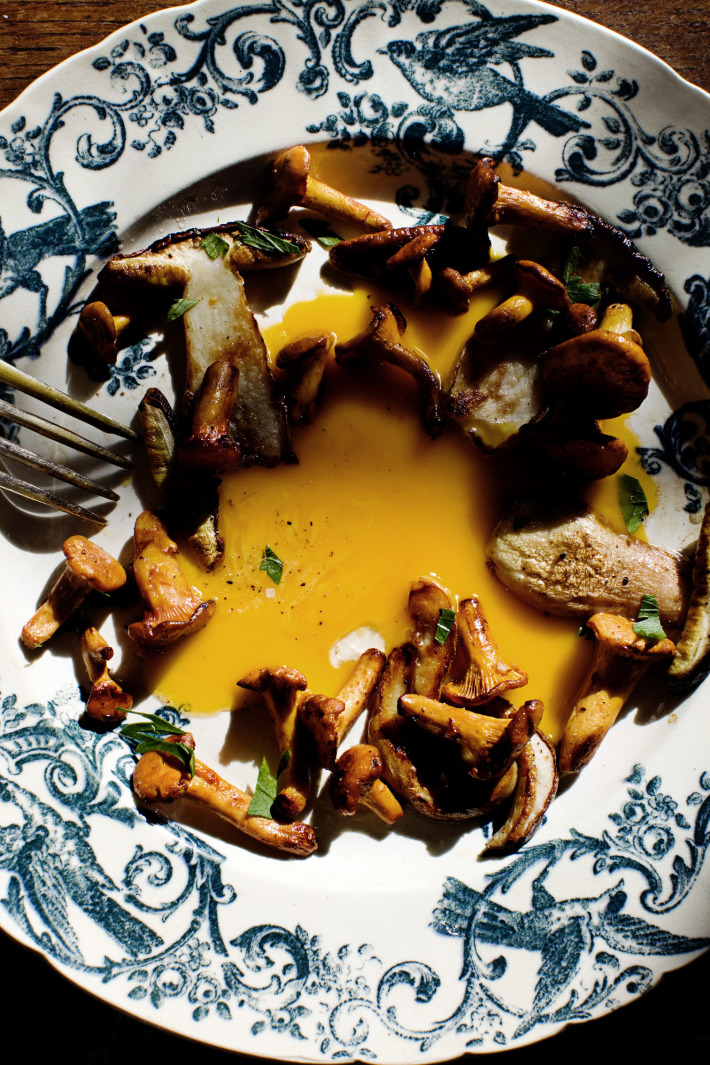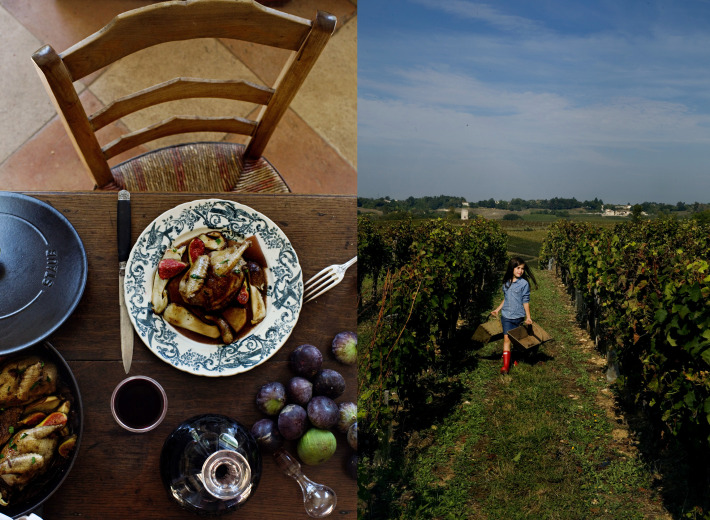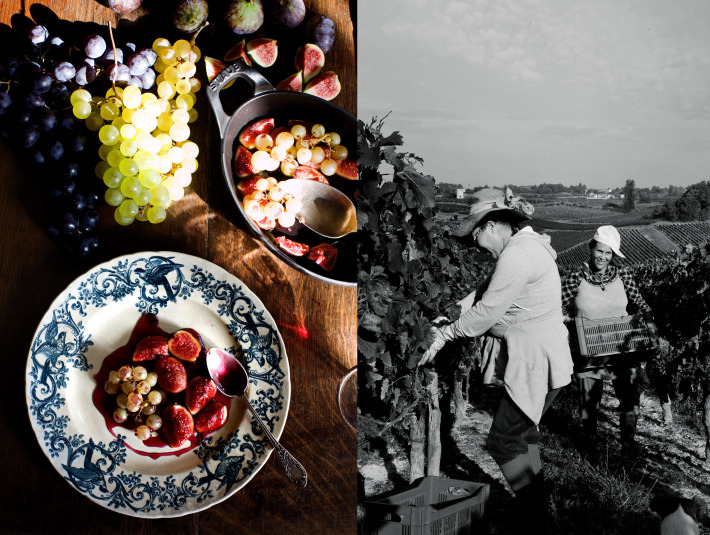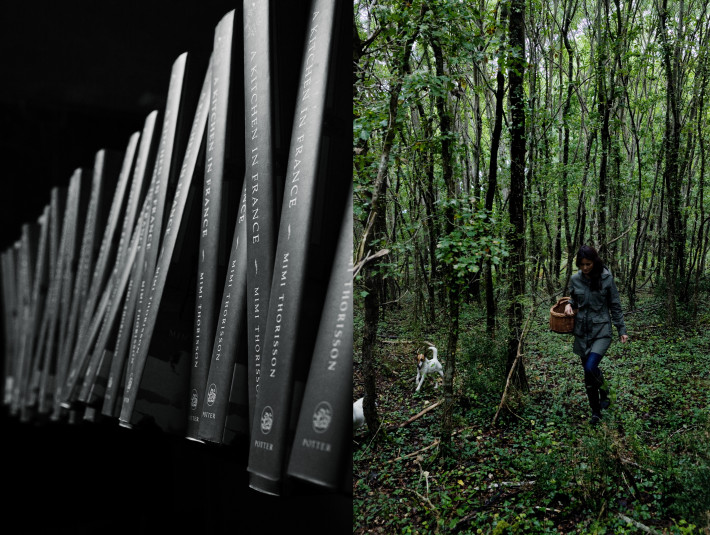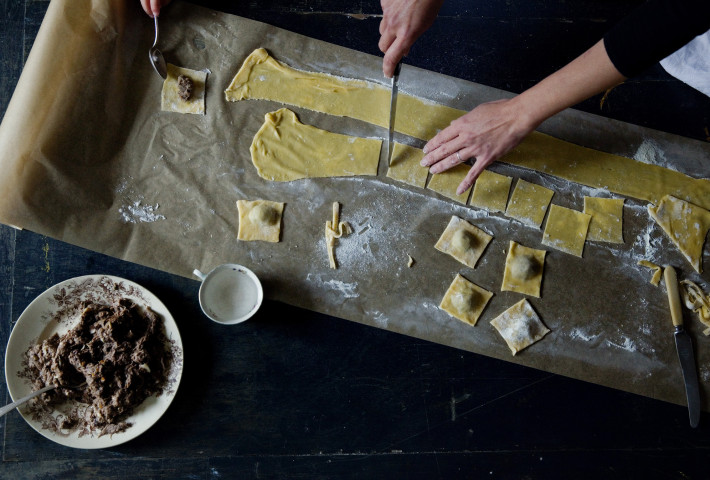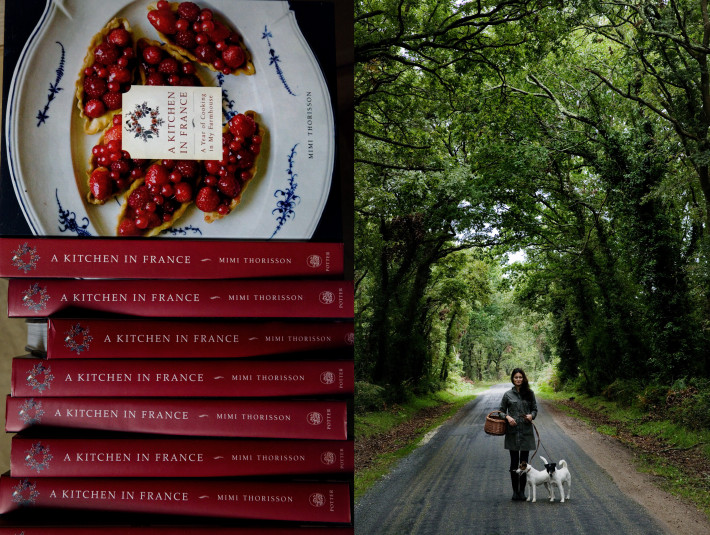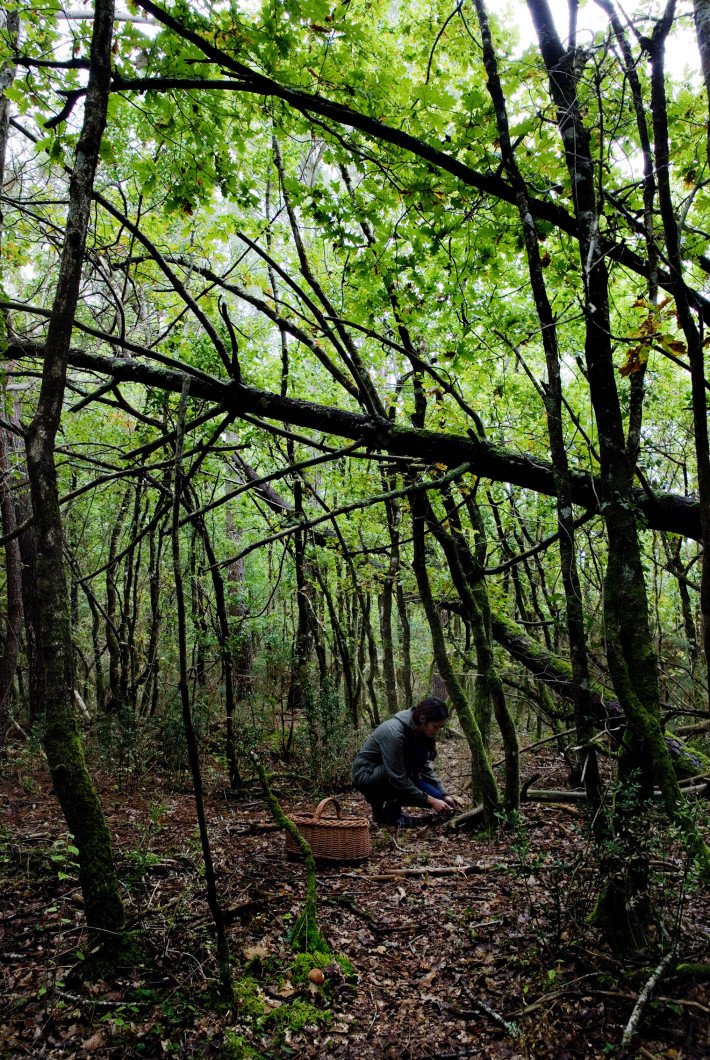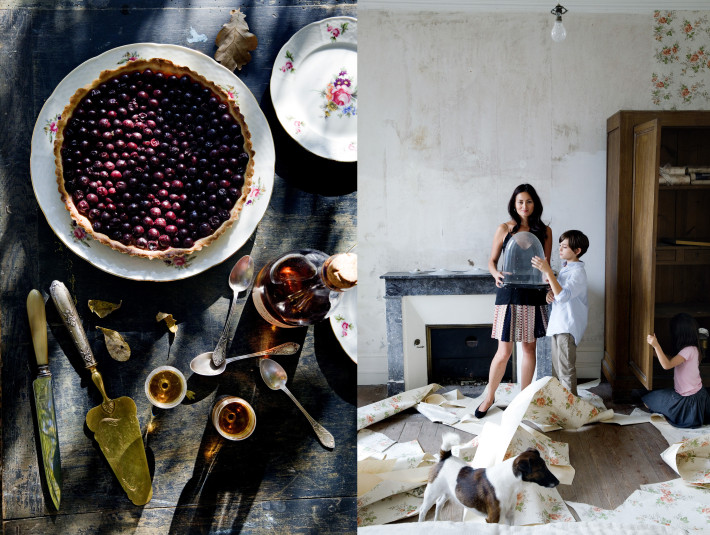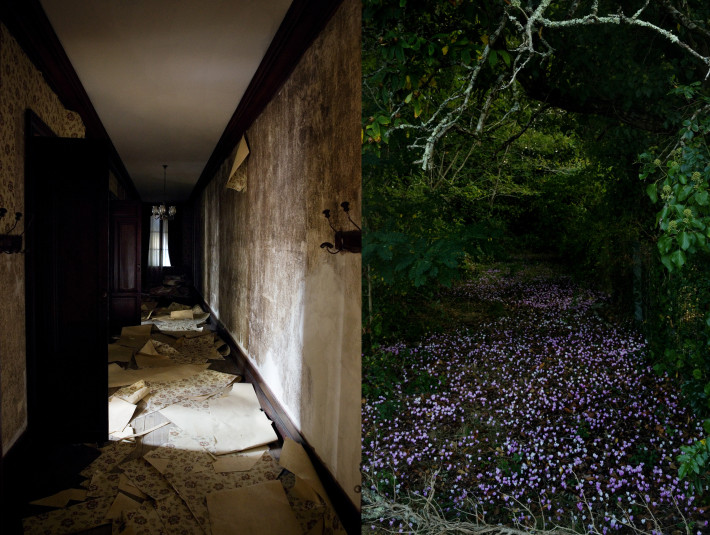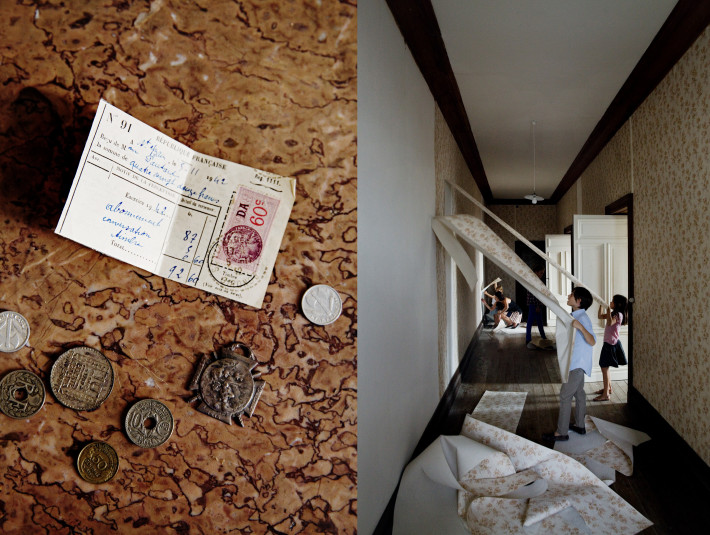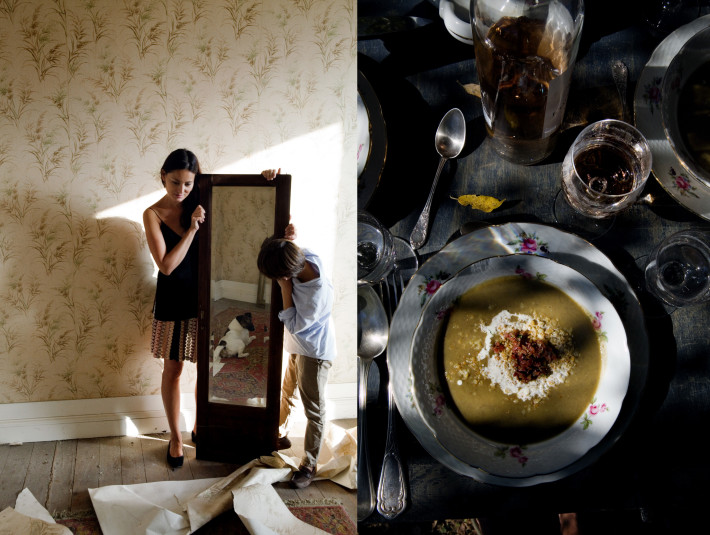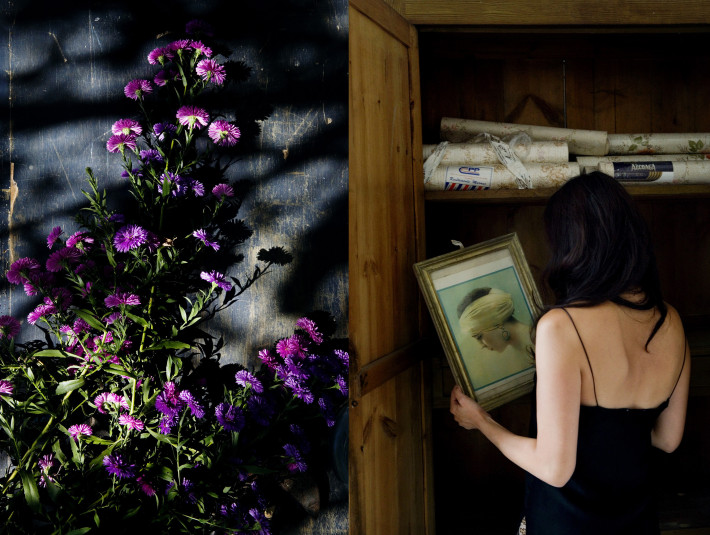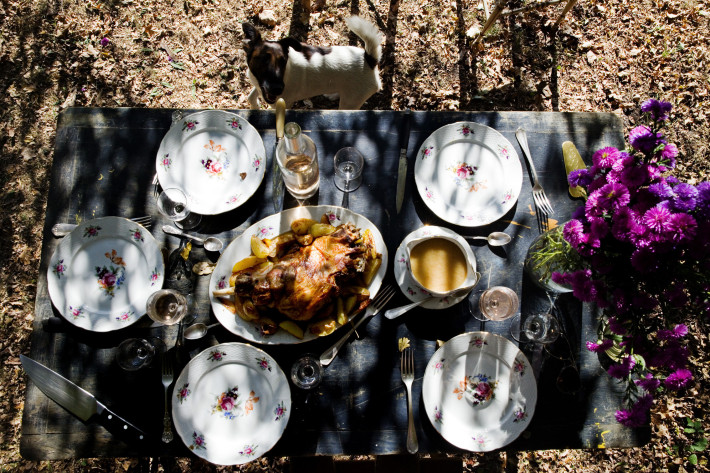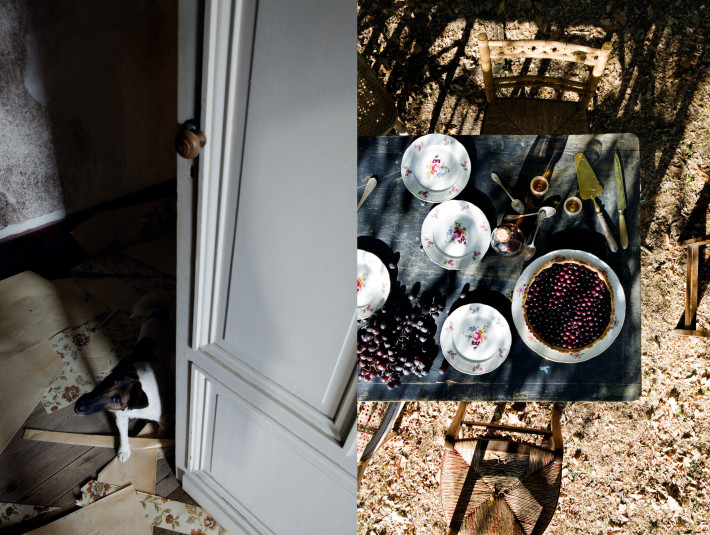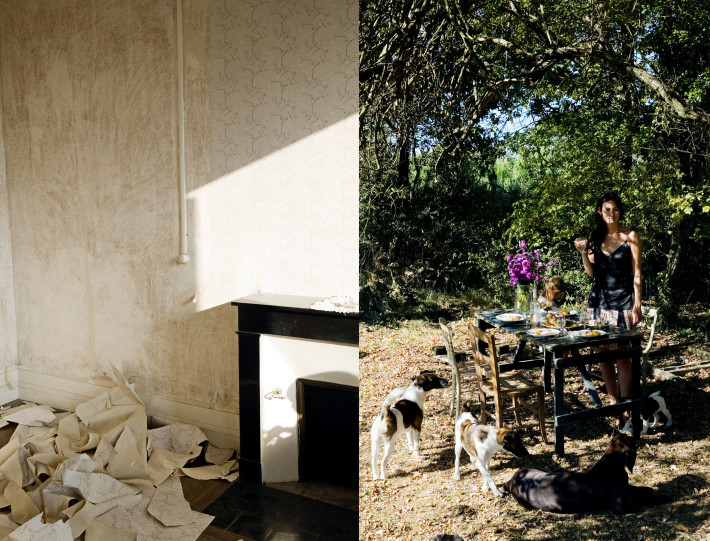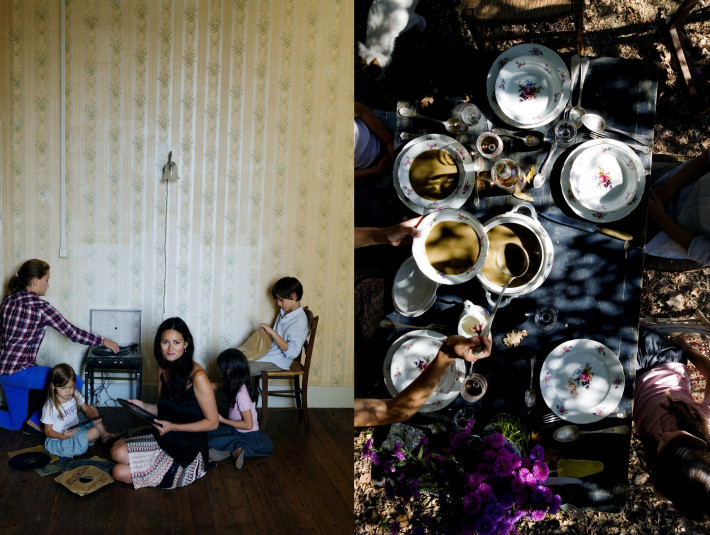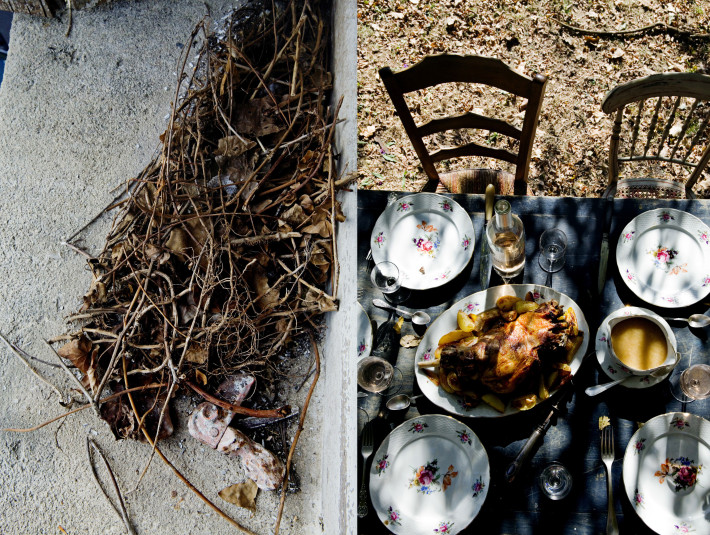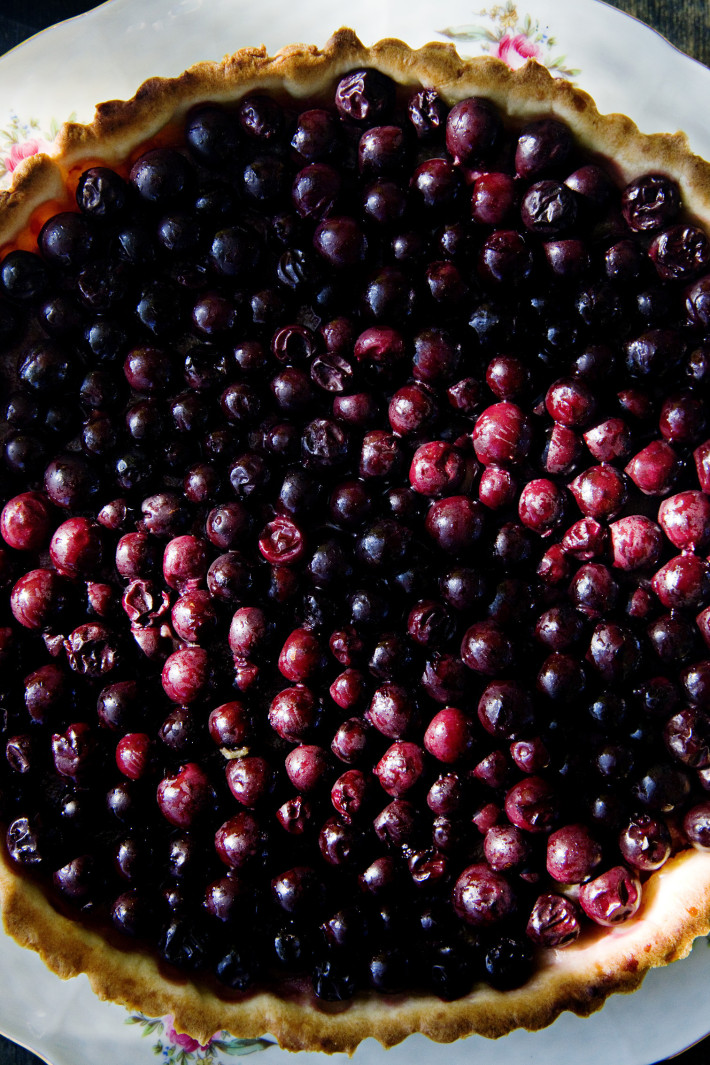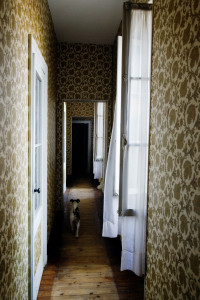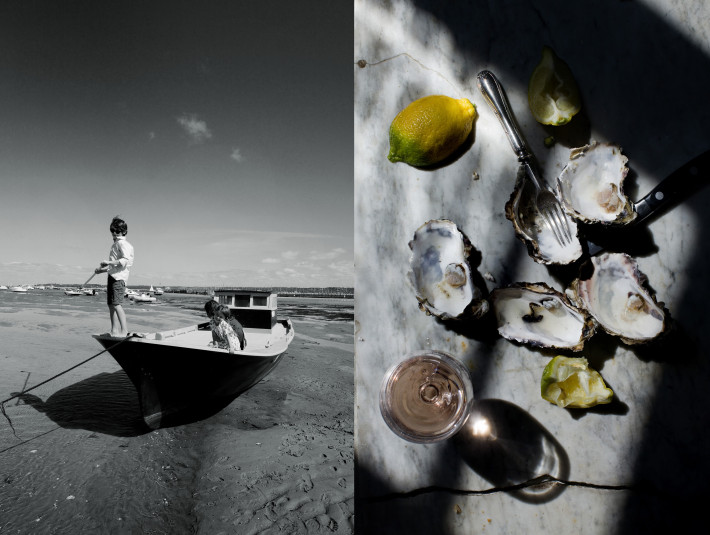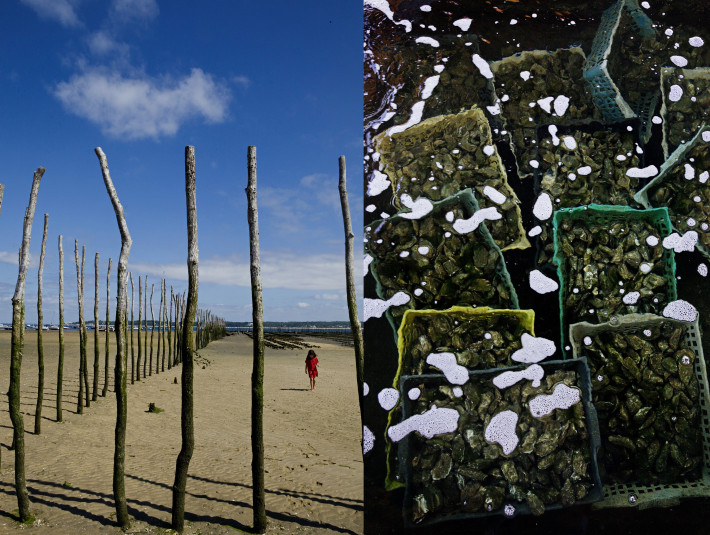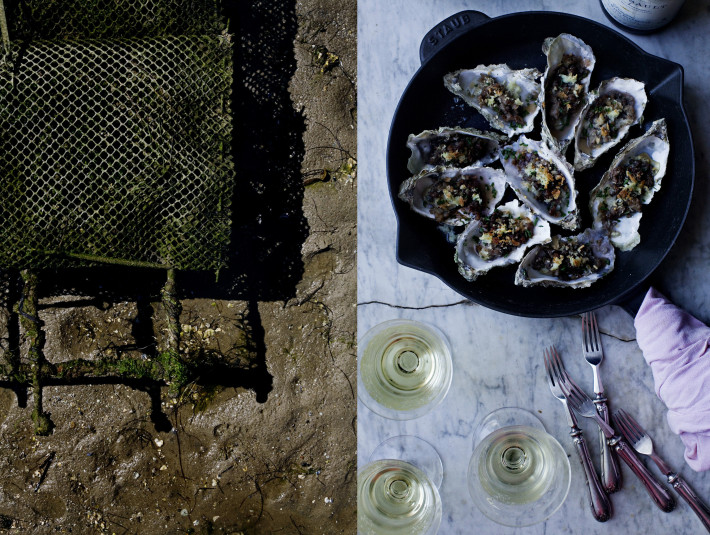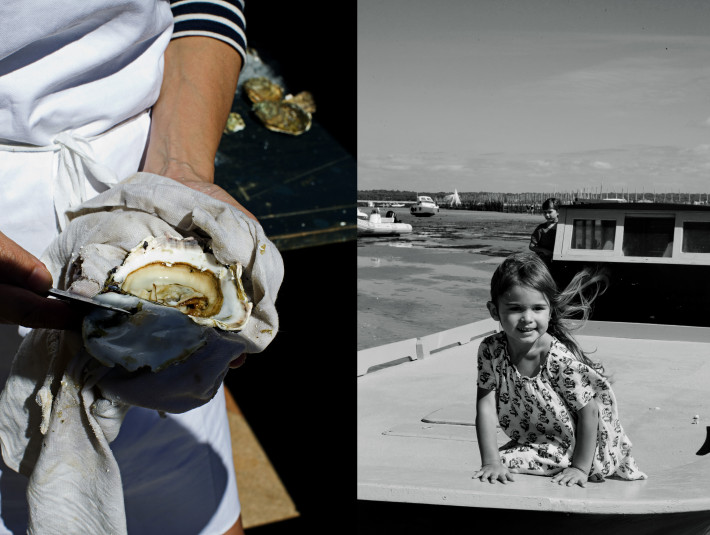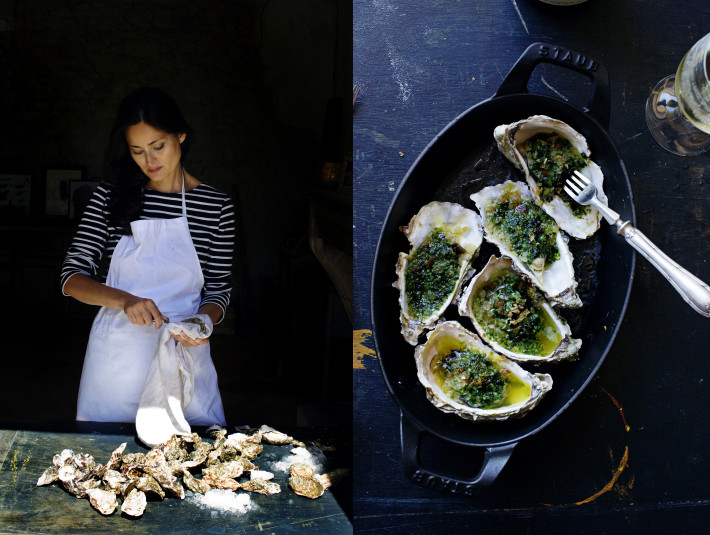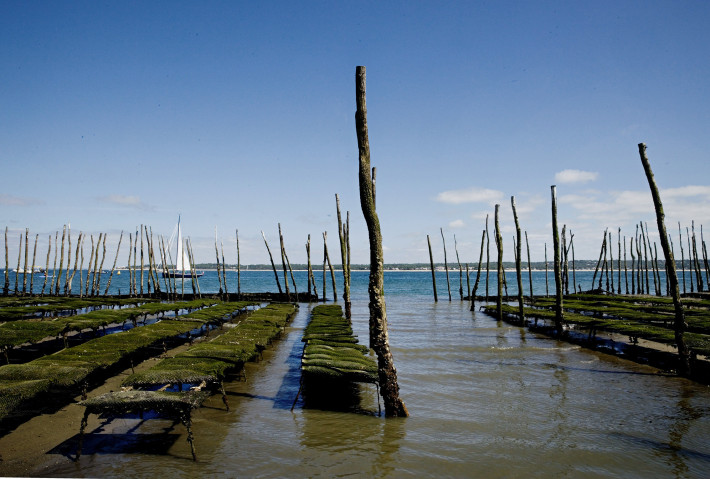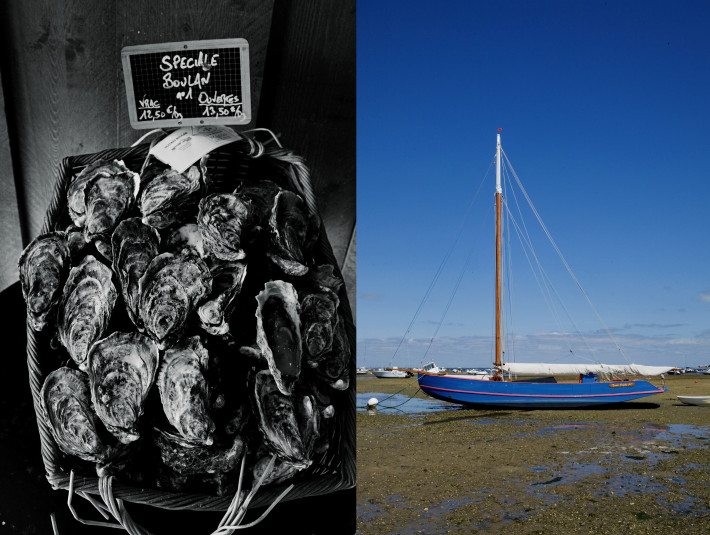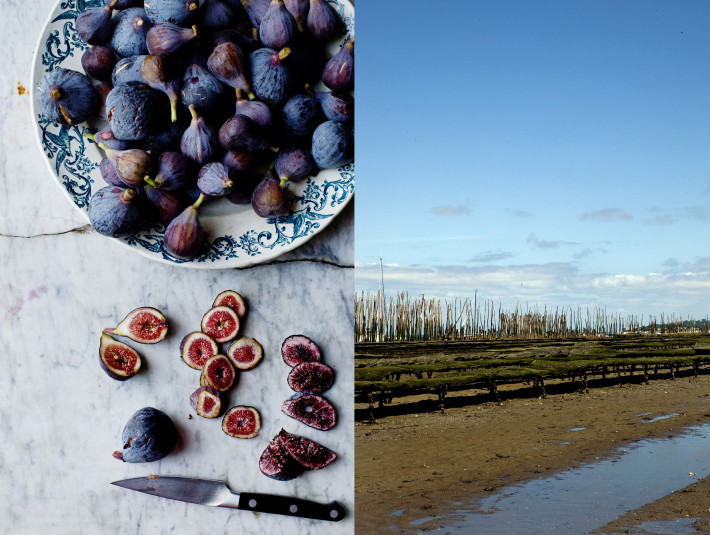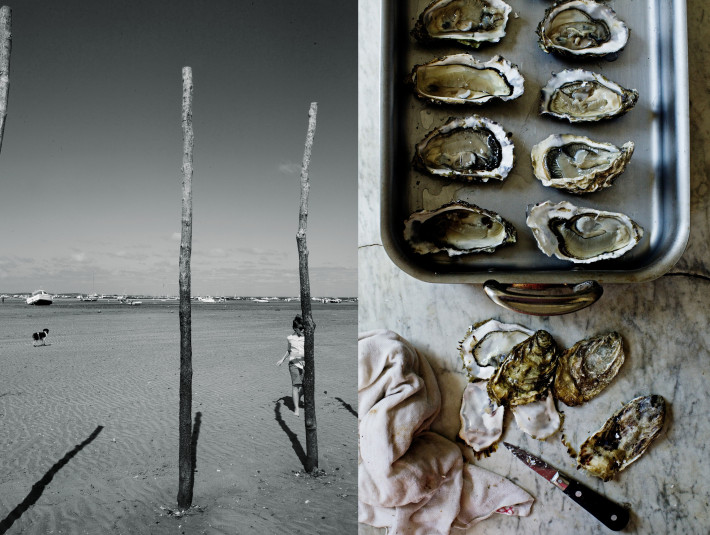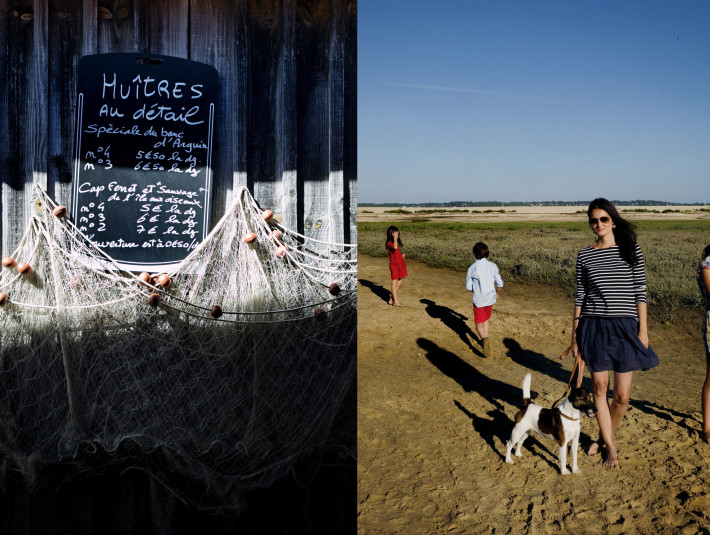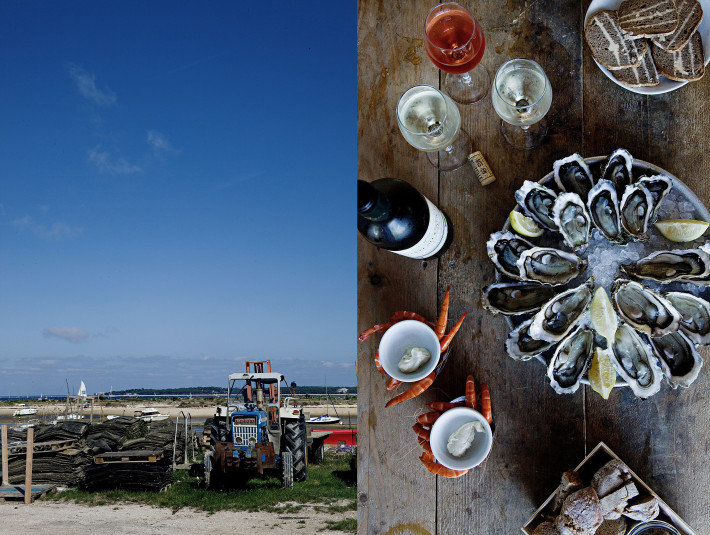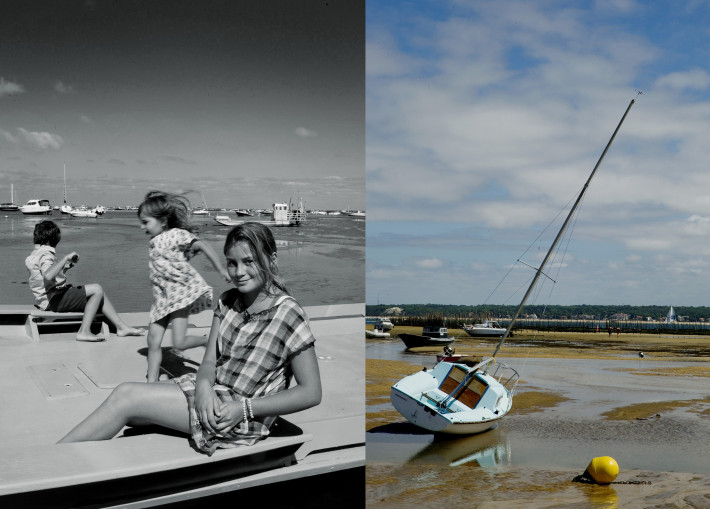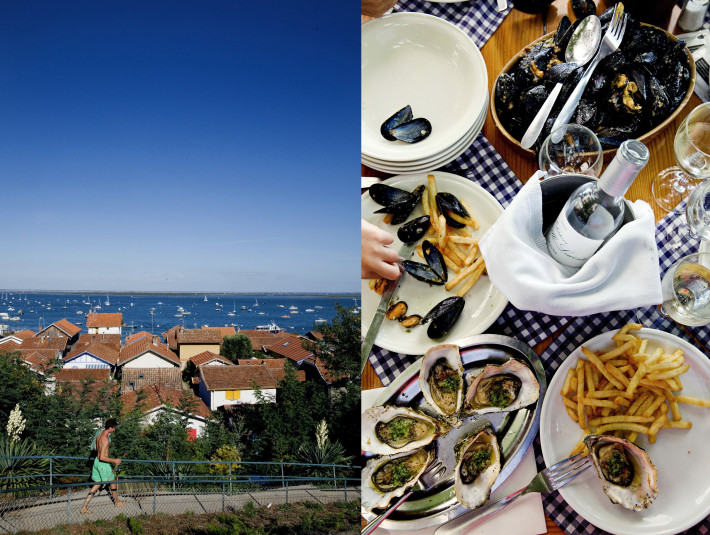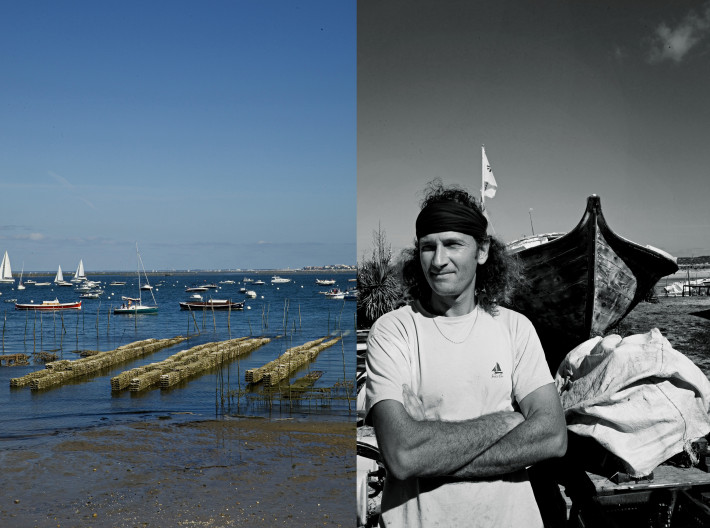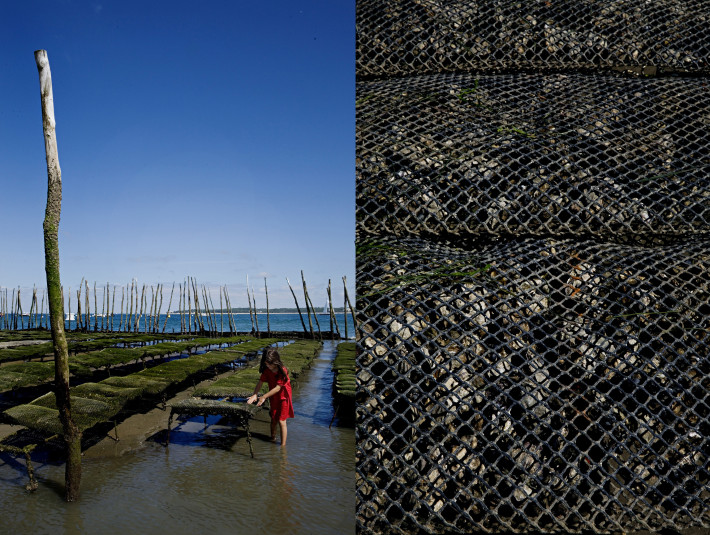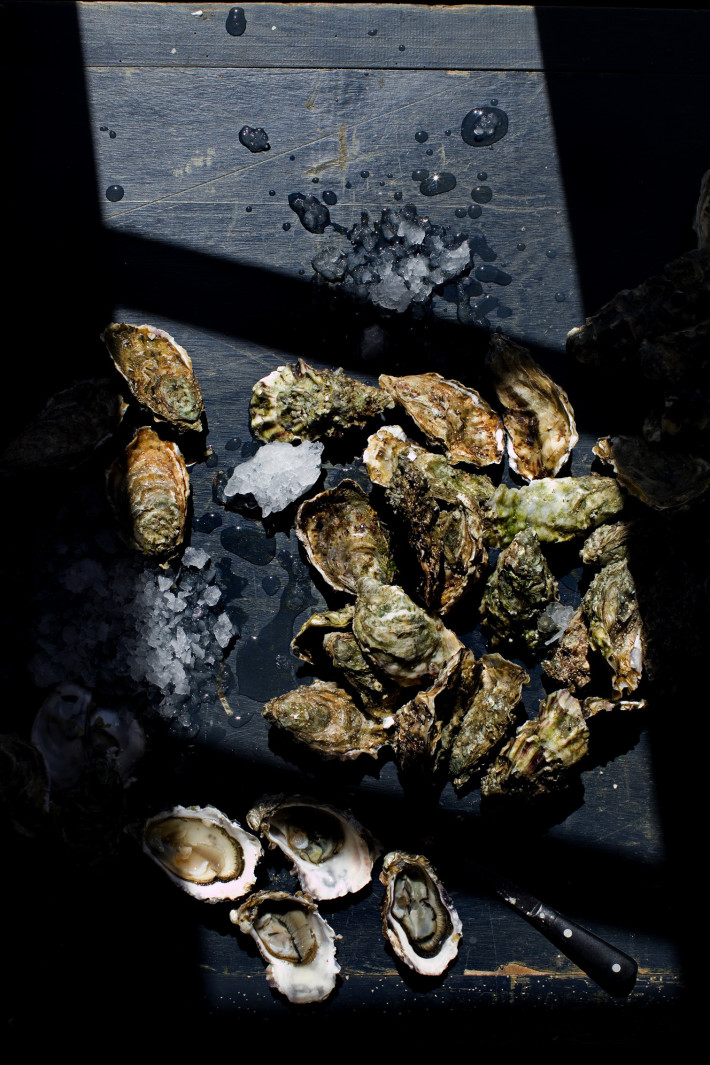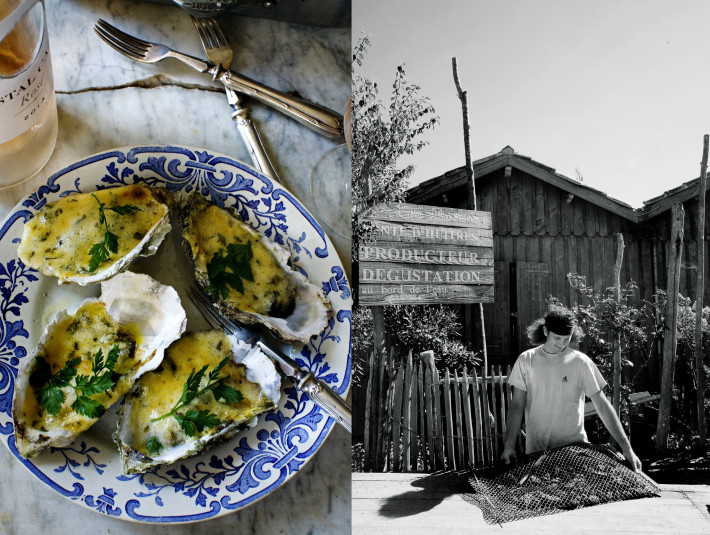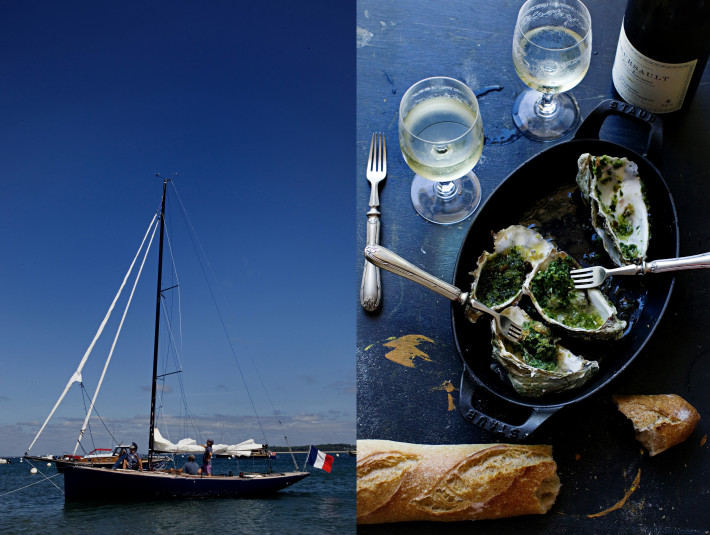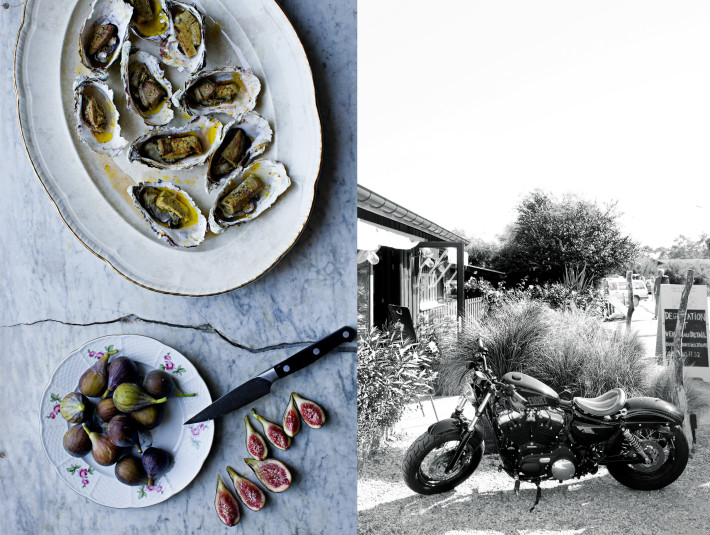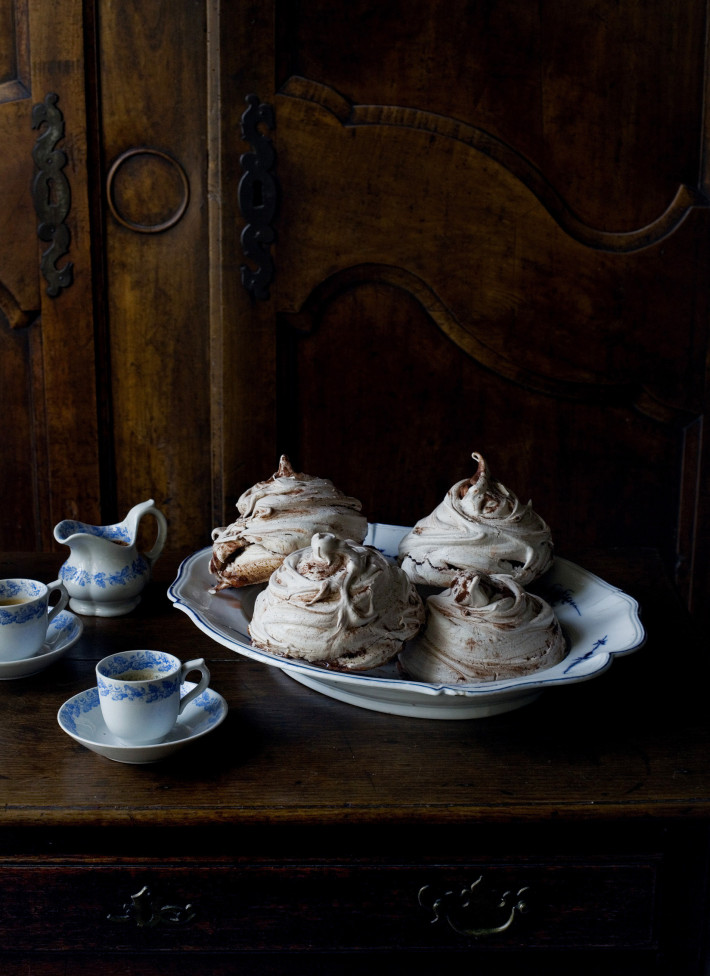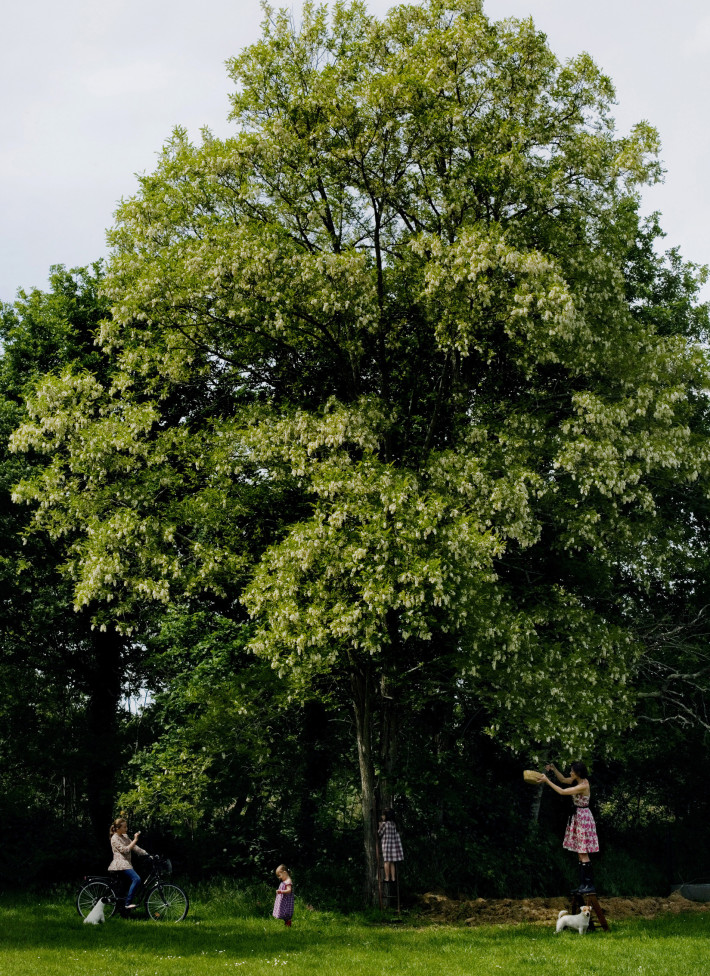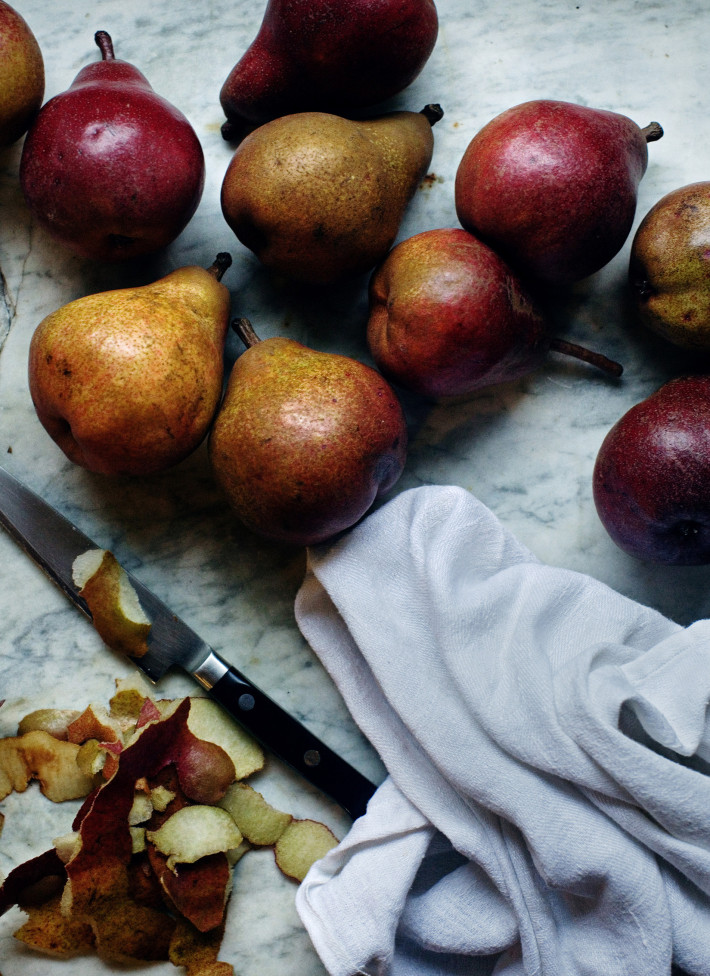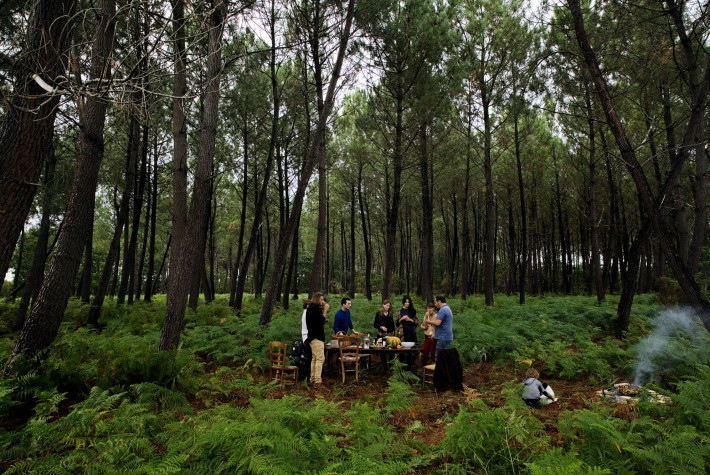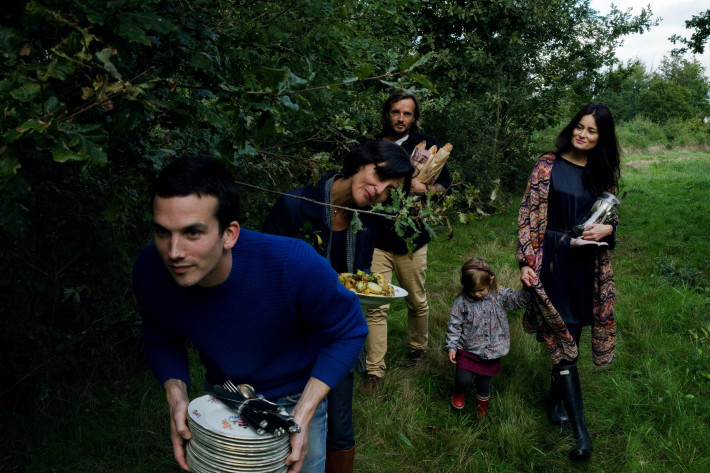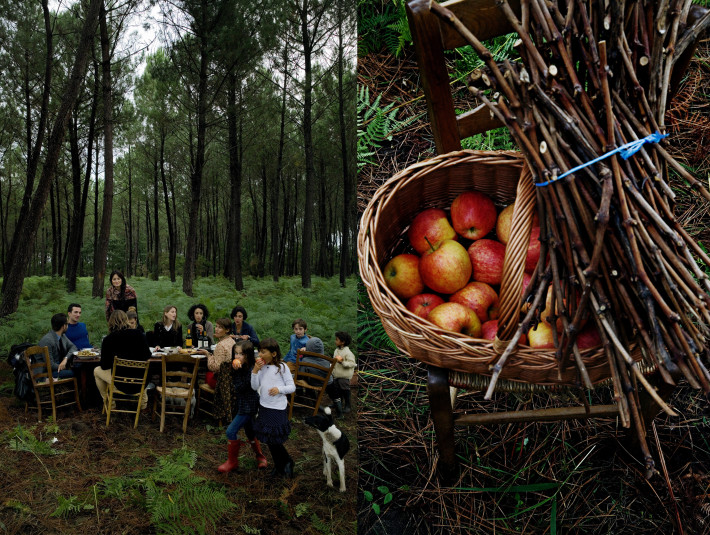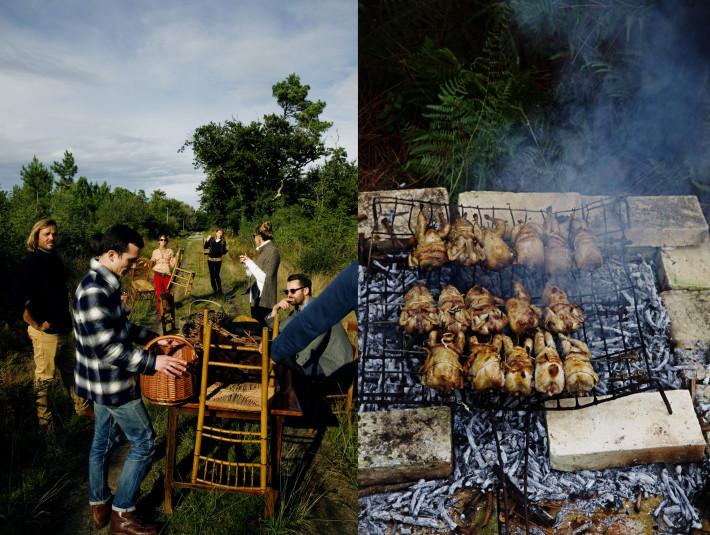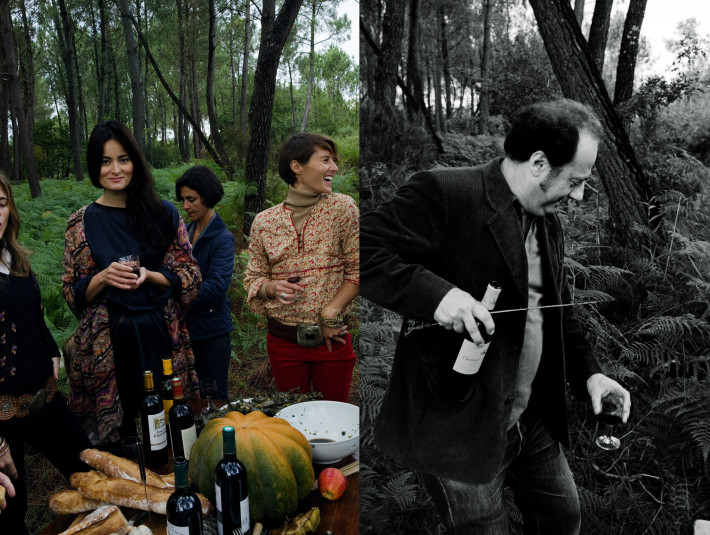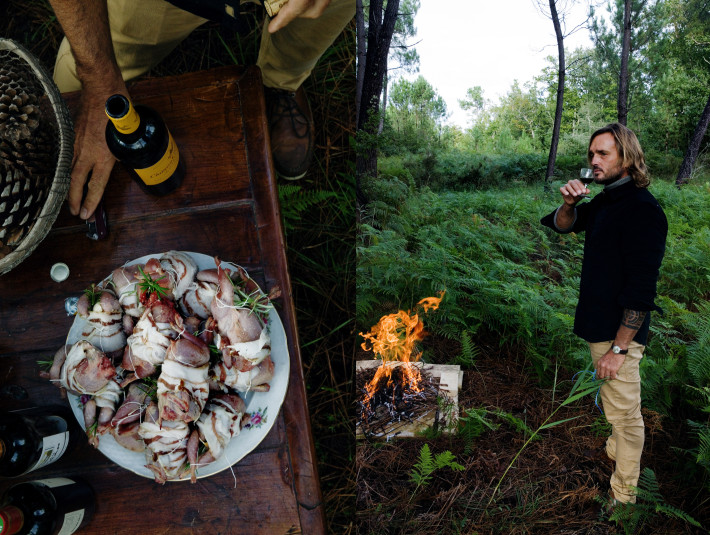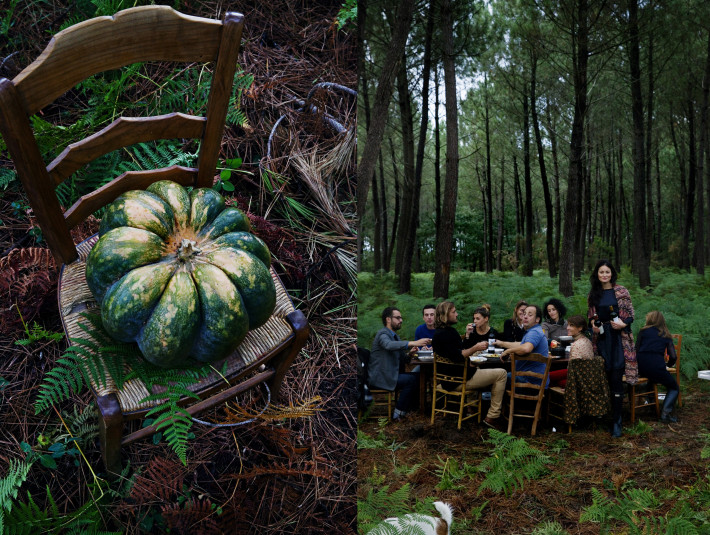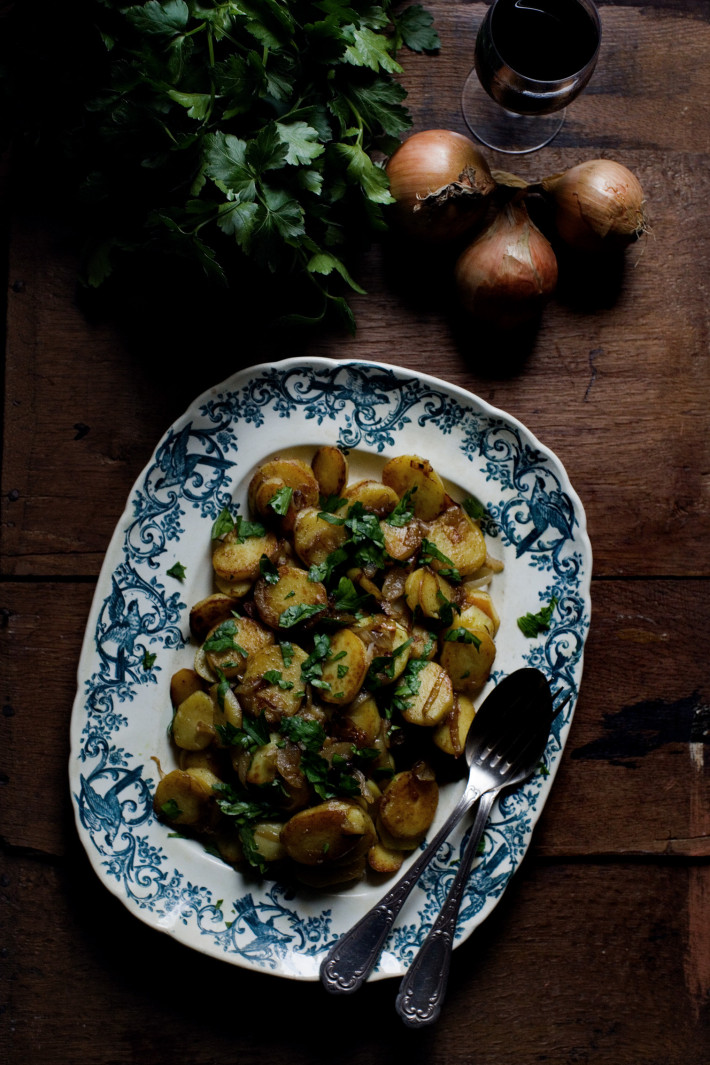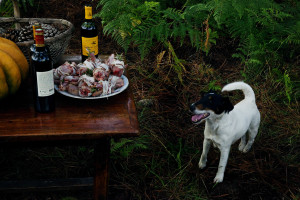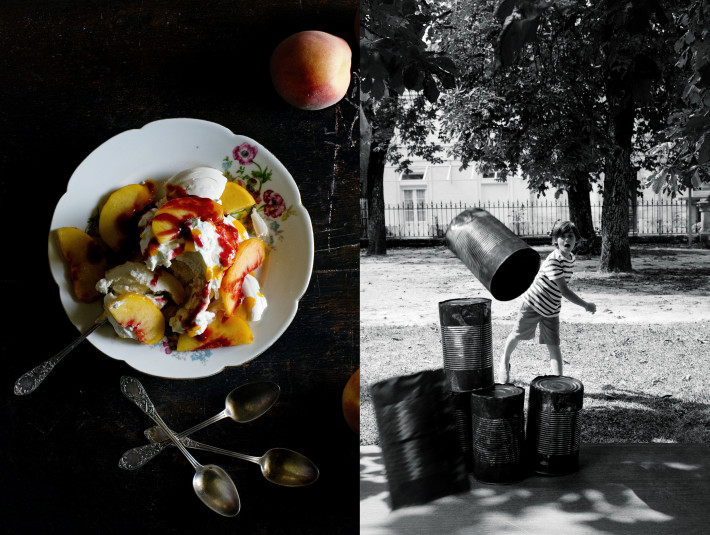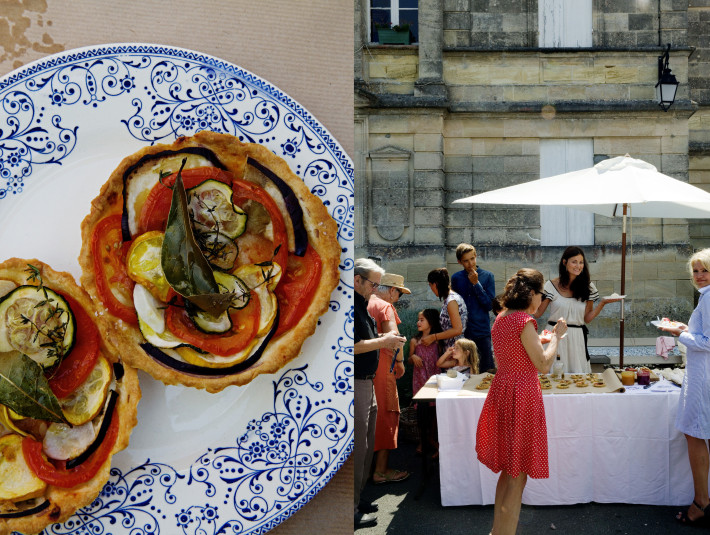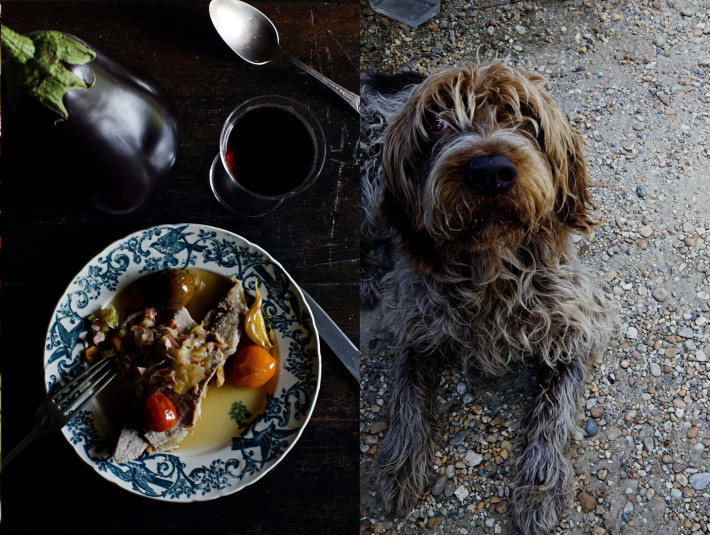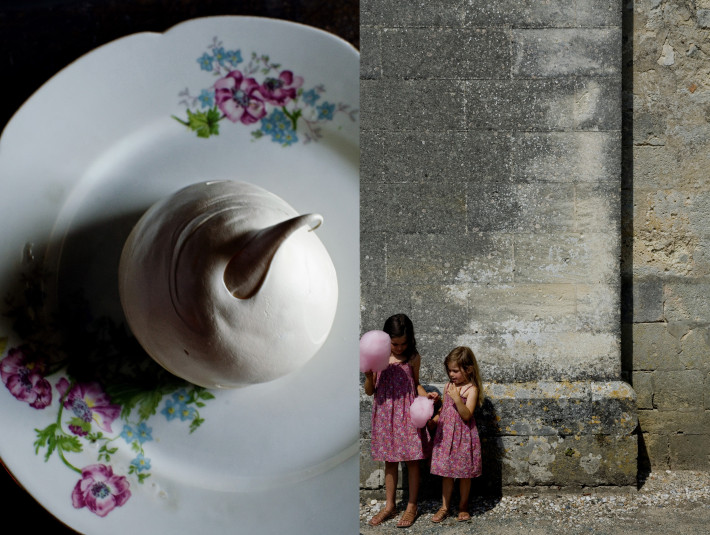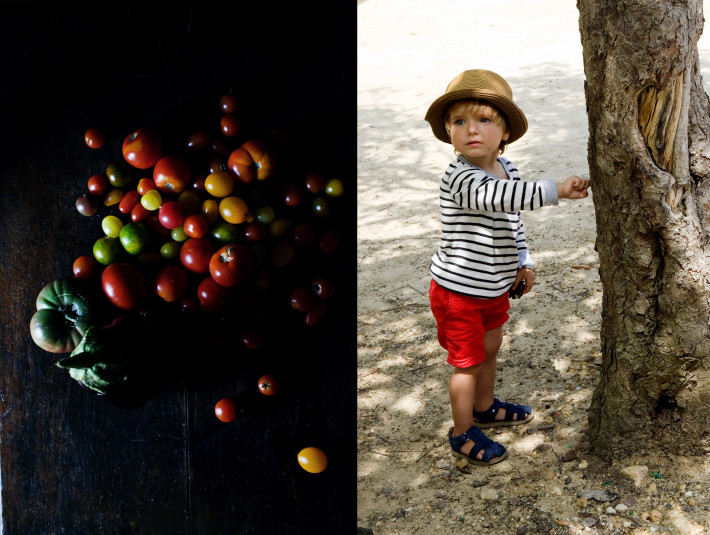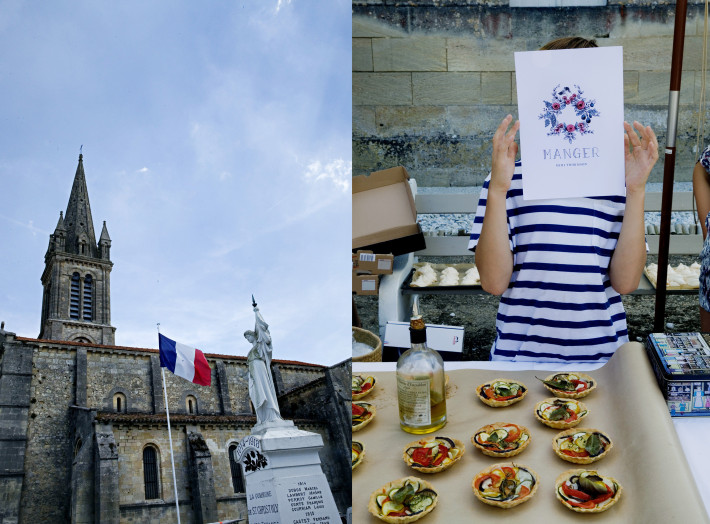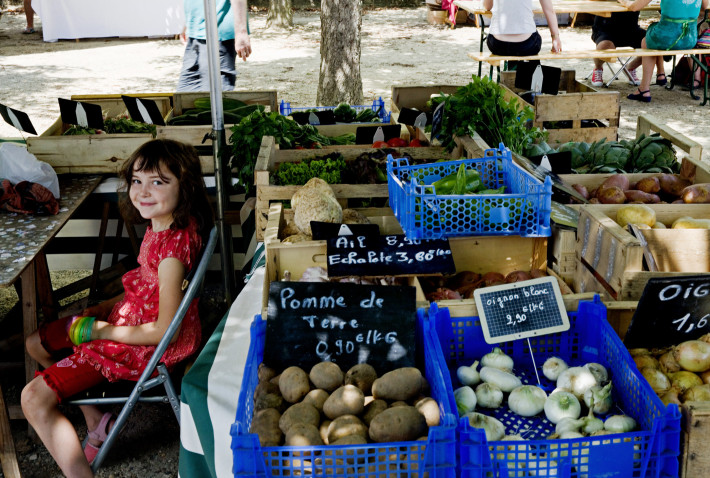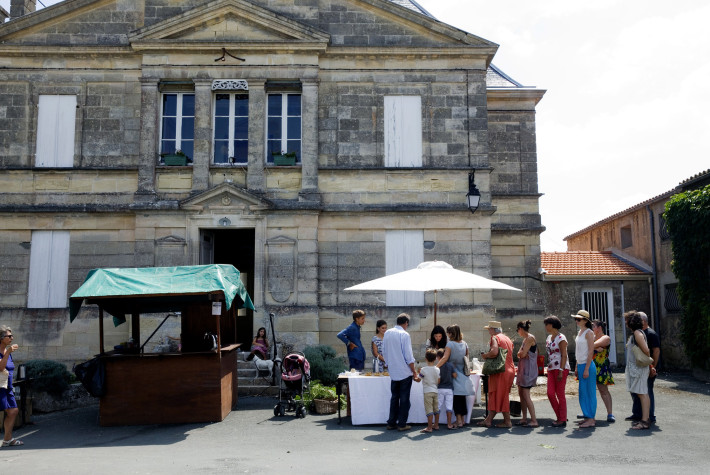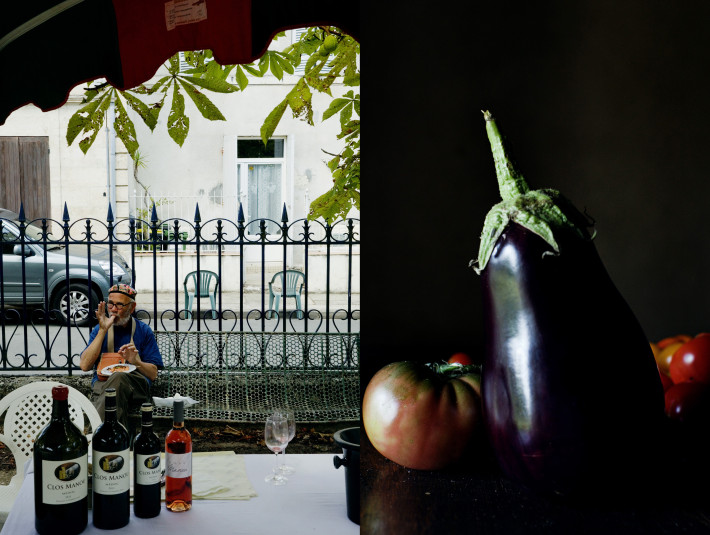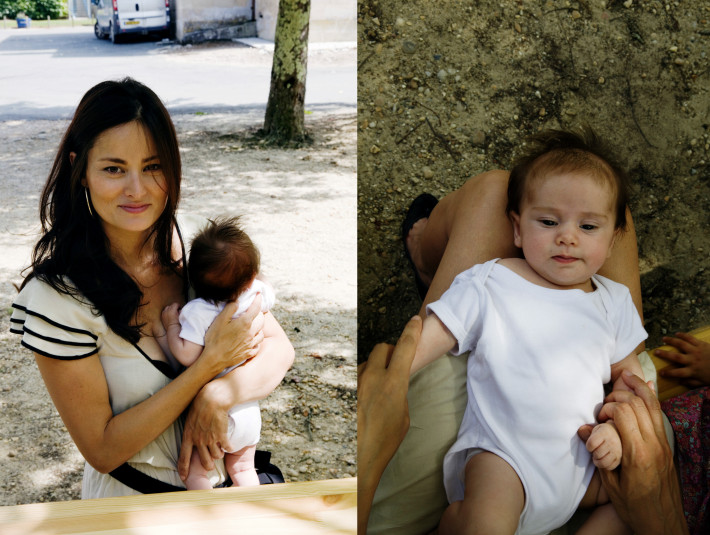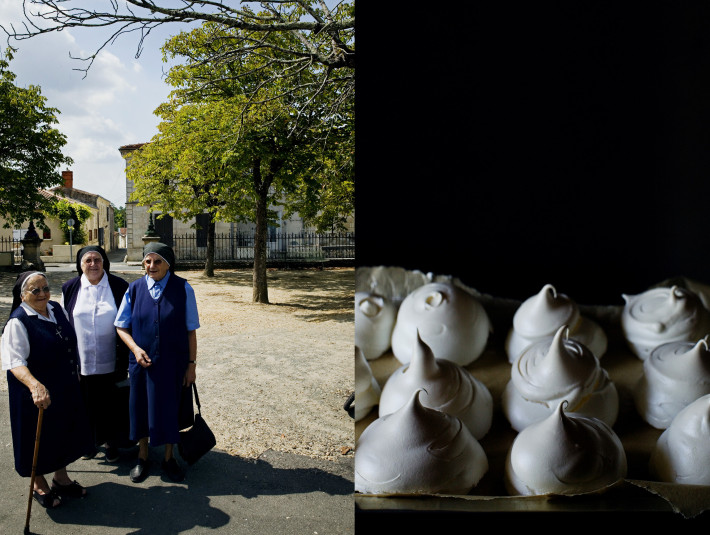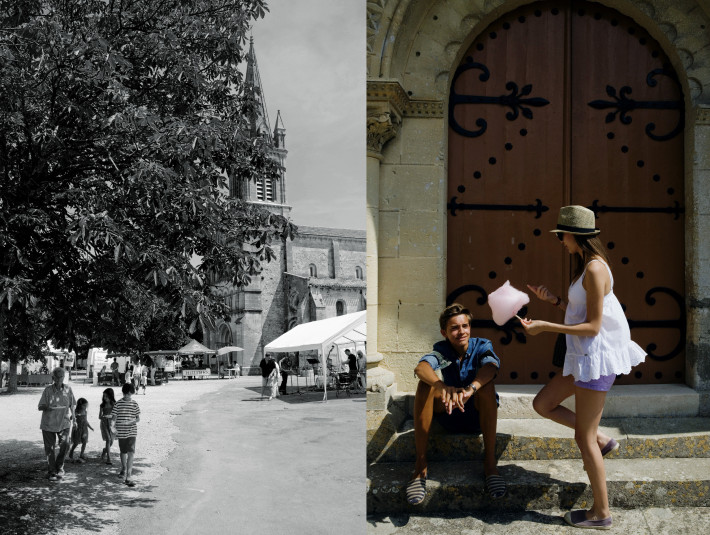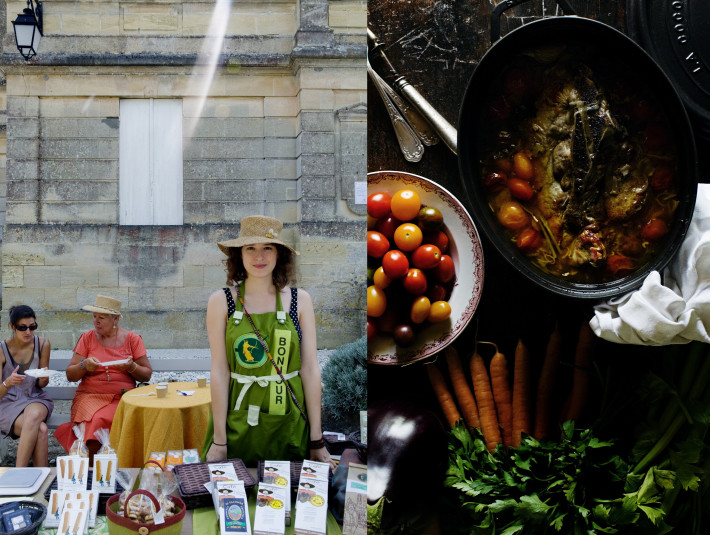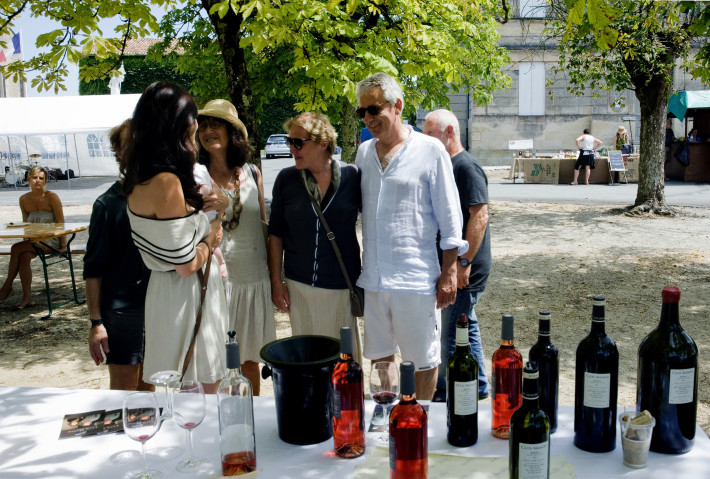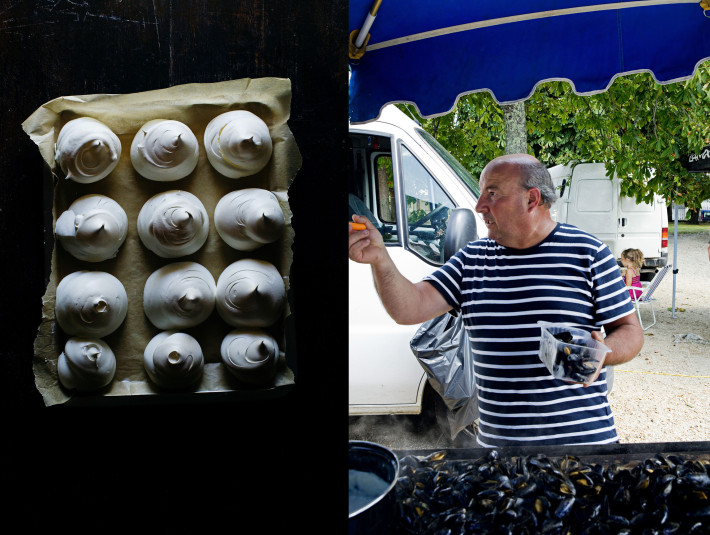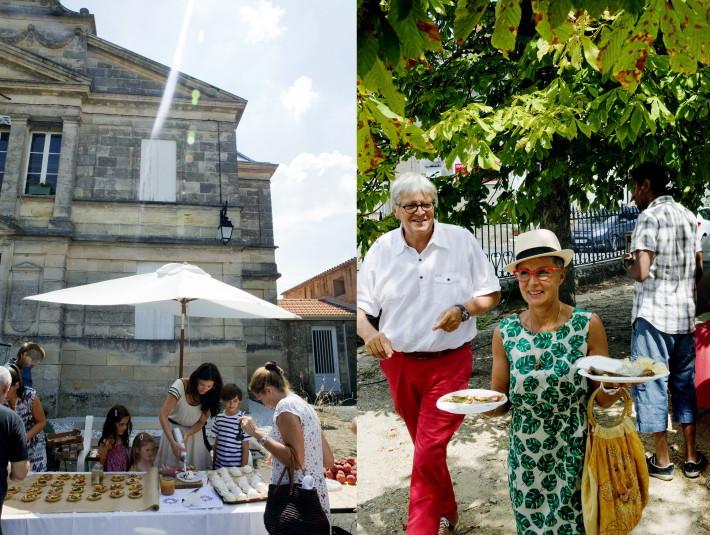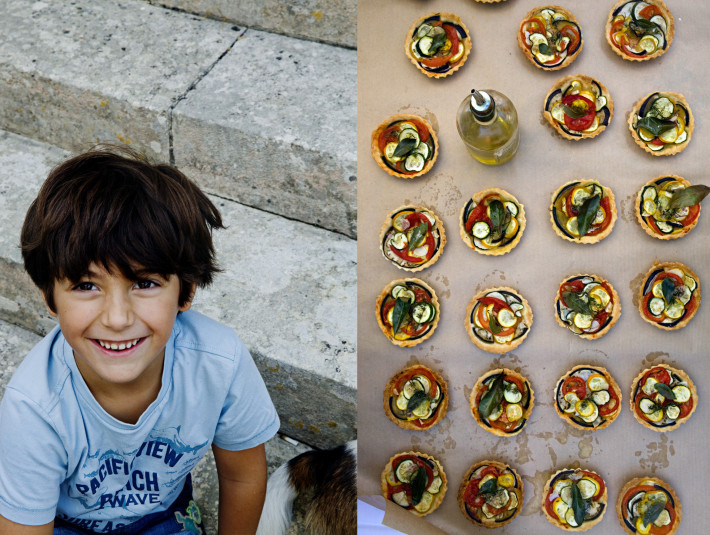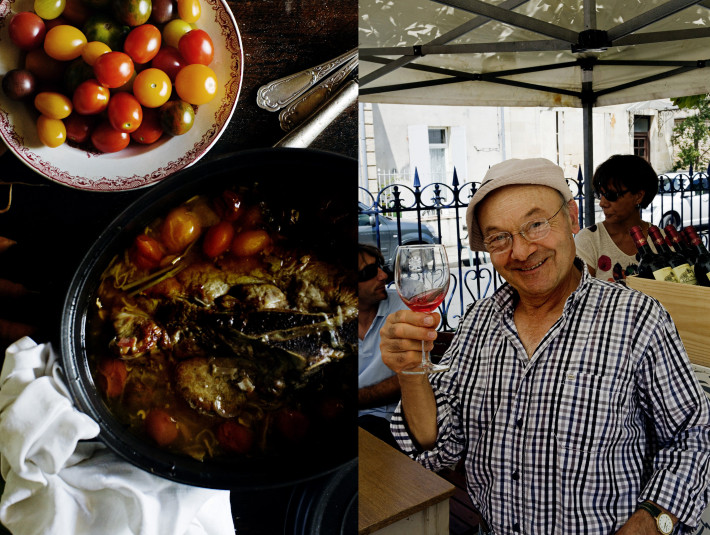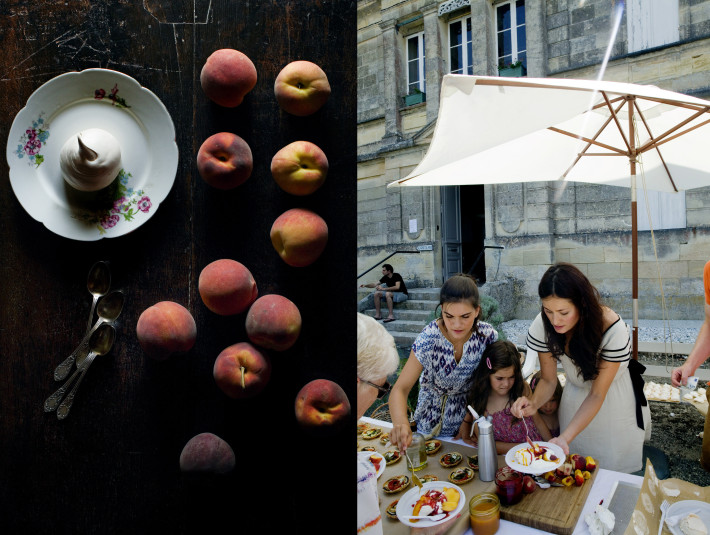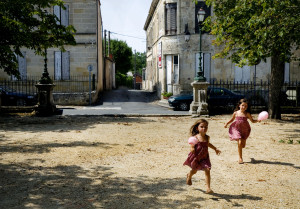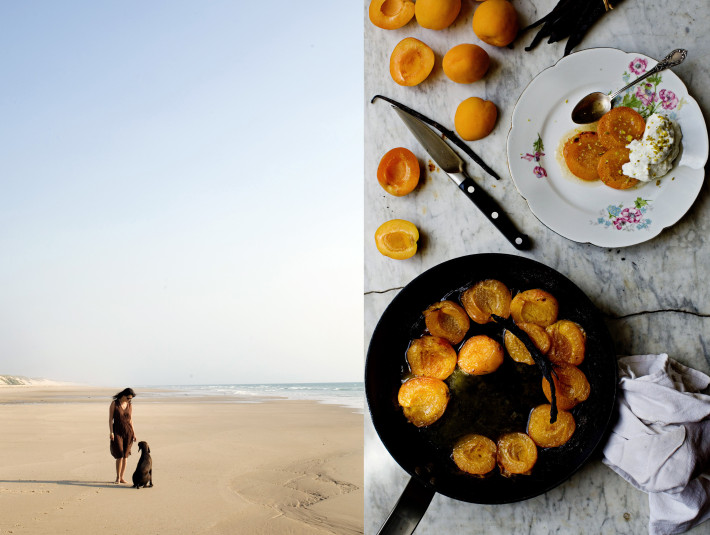
In search of “perfect happiness”
“Don’t you think Audrey May looks a bit like Marcel Proust?” I asked my husband last week. As he is quite accustomed to nonsense, his own and that of other people, he gave it some thought and then said “Do you mean as you imagine he would have looked like as a baby or simply as we know him, moustache and all?” This of course prompted me to place some of my own hair on Audrey’s upper lip, a trick that always draws a laugh or two in the family.
For me Marcel Proust is linked with something good and admirable. It’s a time that I would have liked to perhaps live in or at least visit. The Proust reference is one I use often. When I am buying plates, when I am describing a room or visit a restaurant. Either Marcel would have liked it or he would not. In school I read his big work “In search of lost time”, which brought me some joy and, at times, some boredom. Years later when I read it again, this time unforced, I loved it unconditionally, this time there was no boredom.
There are things you can’t do without thinking of Marcel Proust. Having a madeleine is one. Funnily enough reading Vanity Fair is another. He is always there, on the last page, presiding over a little questionnaire that bears his name. And not because he wrote the questions. He simply took the test, twice (and since he took in French the questions were probably a little different) It’s the page I always read first in VF, I like the idea of someone revealing themselves through a set of questions. From time to time, out of boredom perhaps, I’ve taken the test myself (though I’ve never written down the answers) but I’ve never really analyzed the questions. The first question is usually about happiness. That in itself isn’t remarkable but the question is actually “What is your idea of PERFECT happiness?”, as if just happiness wasn’t enough. After all these years of reading the Proust questionnaire I finally started thinking about perfect happiness last week. It’s a big question, in fact you have to deconstruct it to answer it. It’s really two questions. What is perfect, what does it mean? And does happiness have to be perfect to be … happiness. Taking it further isn’t just happiness, any happiness something perfect?
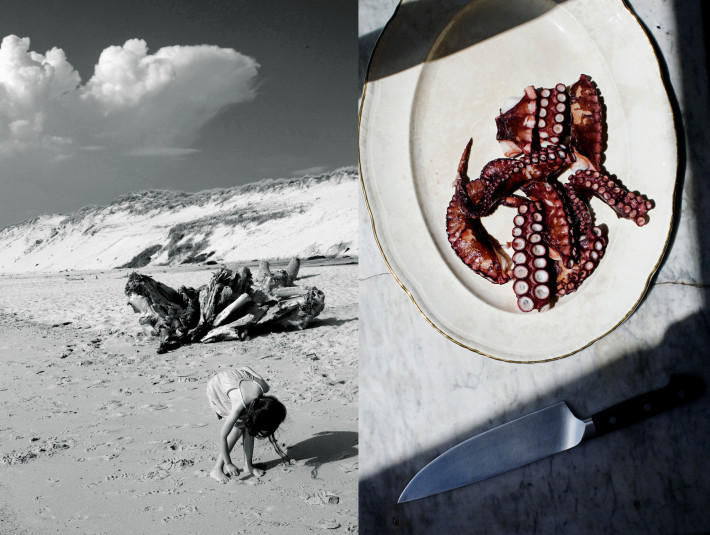
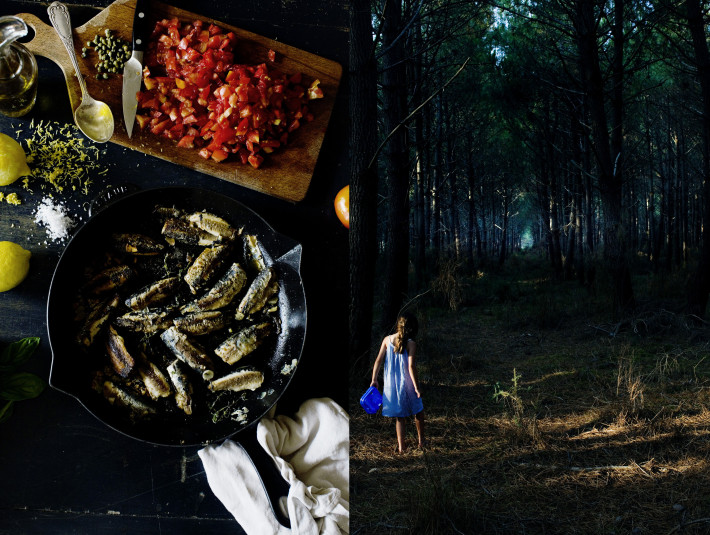
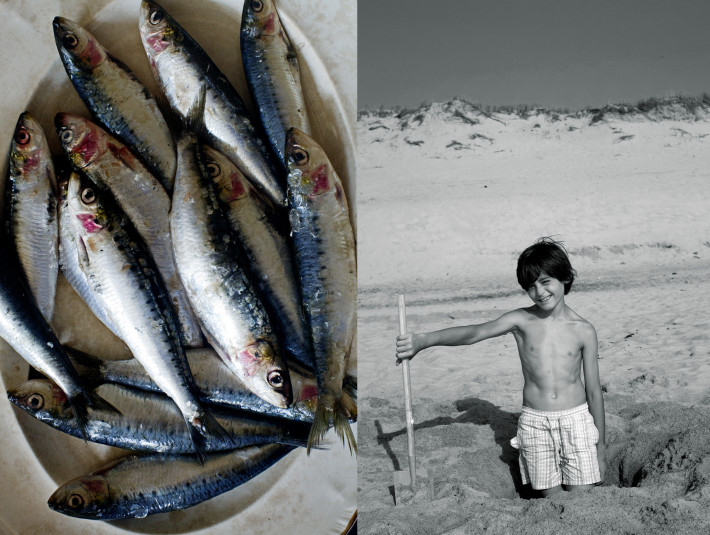

Something about the sea
These are real summer days filled with peaches and apricots and barbecues. Us being us they are of course also filled with babies and puppies and gardening and big plans of moving house and promoting a book. Then there is the cooking. Now that the older kids can drive a car they can go on excursions of their own and much as I love it, for some reason, call it tiredness, I had resisted for a while to join them on a beach trip. It’s so pleasant staying behind in big empty house, the breeze coming through the windows, just me and Audrey at home, lounging in a comfortable chair perhaps cutting a few roses and putting them in a vase. I guess I just forgot about the sea. Then one day last week they forced me to come along. My mother-in-law said she’d take care of Audrey. We headed to our secret beach and as soon as I could smell the pines, hear the ocean, I knew I had made the right decision. There is something about that particular time of day, when the temperature is just right, the sun is descending but still shining proud. The hues are golden and everything feels … shall we say, perfect. Watching the kids run around making sand castles (and destroying each other’s sand castles), seeing no one but your own family on a vast beautiful beach. Whether you look left or right, nothing but unspoilt stretches of sand and water. Then your little eight year old boy suddenly stops playing and takes a seat next to you and puts his little hand in yours. And the two of you sit there and gaze at the others as if you were watching a movie.
That’s when the idea of perfect happiness doesn’t seem so far-fetched.
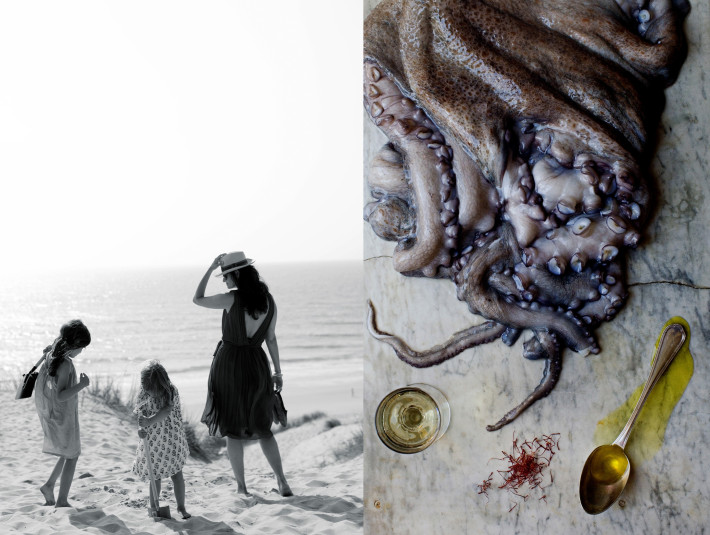
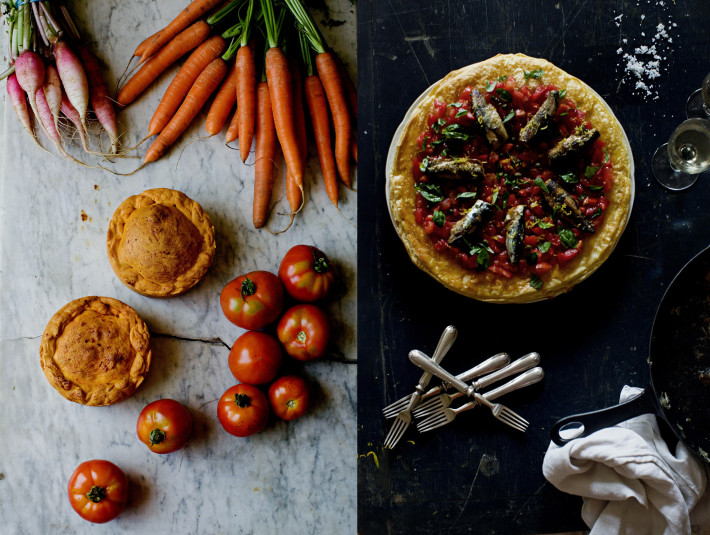

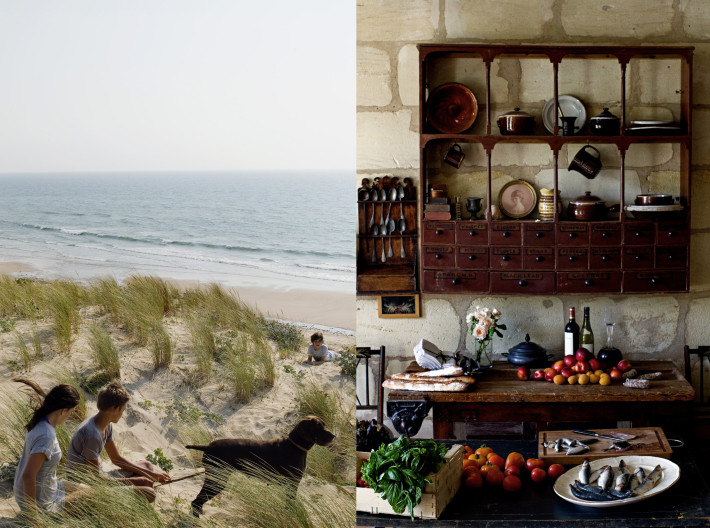
Natural selection (via Marcel Proust)
Happiness in our house does of course not really exist without food. That’s where all the threads of our lives lead, these days more than ever. And for some reason we’ve been having a lot of seafood lately. I’m an impulsive eater, with a lot of instant cravings and now that I’m breastfeeding those cravings and pure hunger are more powerful than ever. This time I’m sharing 4 recipes, not a single menu, just meals we’ve had in the past few days. These four dishes happened upon our table in very different ways, let me try to explain how.
The Sardines
My husband loves sardines, he loves them canned, he loves them fresh. Every time we are in a grocery store, he will go for sardines, especially those in beautiful packaging and then he stacks them in our pantry as if he was preparing for a war. As a kid growing up in Iceland it was one of his favorites – aren’t we all the products of the palates of our youth? Last week he came home with many kilos of fresh sardines. So what is a cook to do? I stood by him but since I’m less keen on sardines than he is I added a bit of tomato, some pastry, a hint of lemon zest. It worked beautifully.
The Moules (mussels)
We saw the most attractive moules at the market and it being mussel season we just had to get some. If moules (mussels) are dark blue and beautiful I just can’t resist them. There are of course countless ways to prepare them but again we fell victim to our memories and I cooked them in the most classic way, just like we used to love having them at Les Vapeurs in Trouville, in our Paris days. Food memories again.
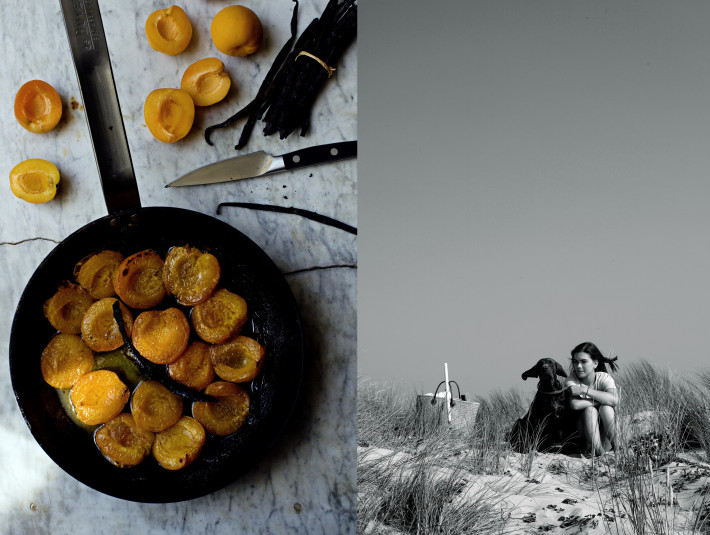
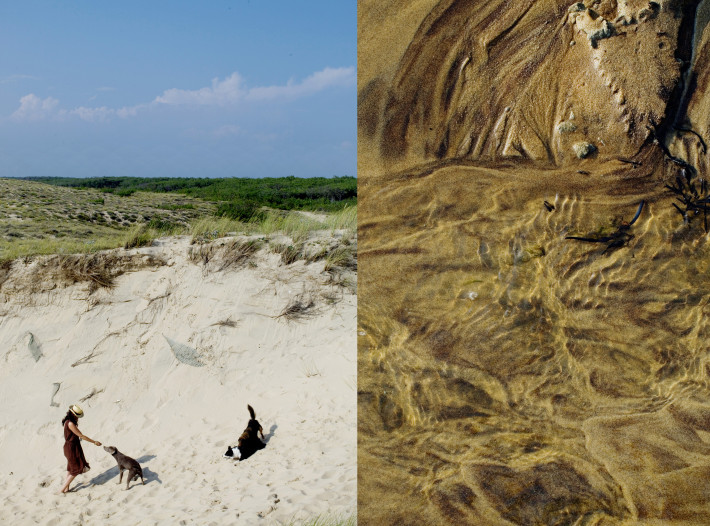

The Tielle
As a child I spent summers with my aunt and grandmother in Moissac not far from Toulouse. They were both terrific cooks and loved fresh produce. They were, however, originally from a gorgeous seaside town in France called Sète. Often called the Venice of France, due to its canals and number of Italian immigrants, Sète has a “national dish”, the Tielle. I often had it in my grandmother’s kitchen but lately I had forgotten about it. Then one day last week, we were having fish in spicy tomato sauce and boom it hit me, I had to make a Tielle (Proust again). It was a beautiful experience and a first for me, I especially loved the part of telling my kids that this was their grandmother’s real home town food.
The Apricots
Our large kitchen table is always filled with vegetables and fruits, partly out of necessity for a big, ever cooking family, partly courtesy of my husbands fantasy mind where everything must look like a painting. It’s also a place of “natural selection”, and I mean that literally. The kids have a way of sniffing out the newest, freshest, the best. The rest I try to salvage by putting them in tarts, in cakes, in condiments. But this summer we’ve had a particular problem. Apricots. They were exciting at first, went so well with the cherries of May and June. But in July the clear favorites have been nectarines and peaches. My husband thinks apricots are more beautiful than peaches so he keeps buying both. But the apricots just sit there. Let’s just say we’ve been having a lot of apricot desserts.
ps: This week I am featured in French ELLE, 12 barbecue inspired summer recipes in Medoc. For those of you who can’t get this week’s ELLE, click here.
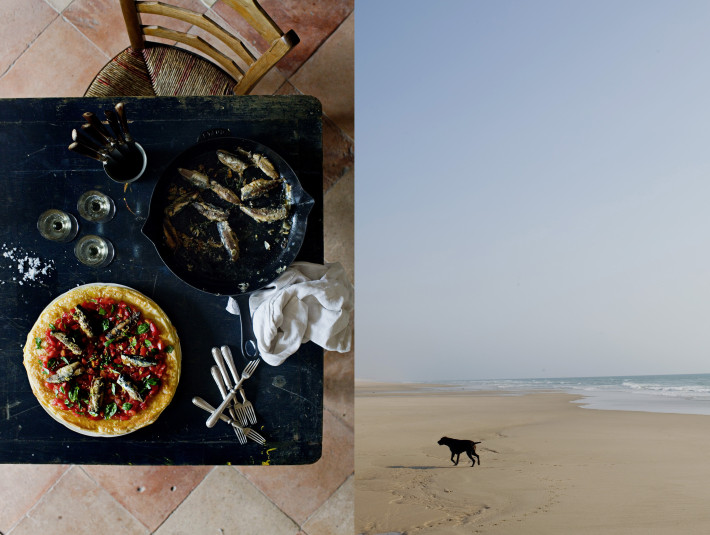
Tarte aux sardines (Sardine tart)
230 g/ 8 ounces puff pastry
5 medium-sized tomatoes, diced
8 sardines, cleaned & filleted
A handful of fresh basil leaves
Zest of half a lemon
Olive oil, to drizzle
Fleur de sel & freshly ground black pepper
Preheat the oven to 200°C/400°F
Prepare the pastry base. Place pastry on a parchment-lined baking tray, and cover with another piece of parchment paper. To avoid them to puff up too much, place another baking tray on top (or any rectangle shaped cake tin, grill etc) for 10 minutes. Then remove the parchment paper with the added weight and bake for another 10 to 15 minutes, or until golden brown.
Dice the tomatoes. Heat olive oil in a large pan and sauté the sardines fillets on both sides for 2-3 minutes, or until cooked through. Season with salt & pepper.
To assemble the tart, scatter the tomatoes on the pastry, then place the sardines fillets on top (see photo). Drizzle with olive oil, season lightly with salt & pepper and sprinkle with basil leaves. Grate the zest of half a lemon and sprinkle on top. Serve immediately.
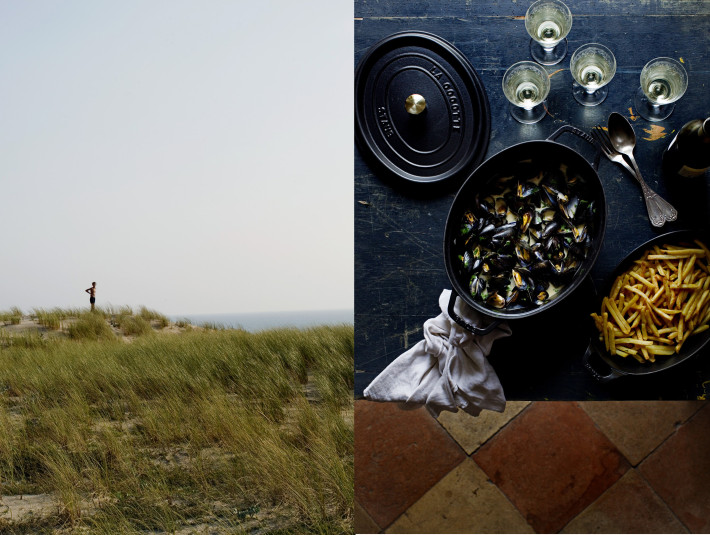
Moules à la crème
To be served with French fries & ice-cold beer!
Count 1 kilo/ approx 2 pounds of mussels per person as a main course.
4 kg/ approx 9 pounds mussels, cleaned & scrubbed
700 ml/ 3 cups white wine
A large bunch of parsley, leaves picked
3 shallots, finely sliced
1 onion, finely sliced
2 garlic cloves, halved
1 celery stick with leaves on
1 bouquet garni
350 ml/ 1 & 1/2 cup crème fraîche
A few sprigs of chives, finely chopped
In a very large pot, melt the butter and sauté the shallots, onions and garlic on a medium heat – they should be translucent and soft, not golden. Add the bouquet garni and the white wine. Pour the mussels in the pot, add the celery branch, give it a good stir, cover with a lid and leave to cook for 3 minutes. Lift the lid, give the mussels another good stir and cover again for a minute or two. With the help of a large slotted spoon, transfer the mussels in a large bowl and cover to keep warm. Add the crème fraîche to the pot. Do not boil or the cream will curdle. Return the mussels to the pot, sprinkle with chopped chives and serve immediately with French fries.
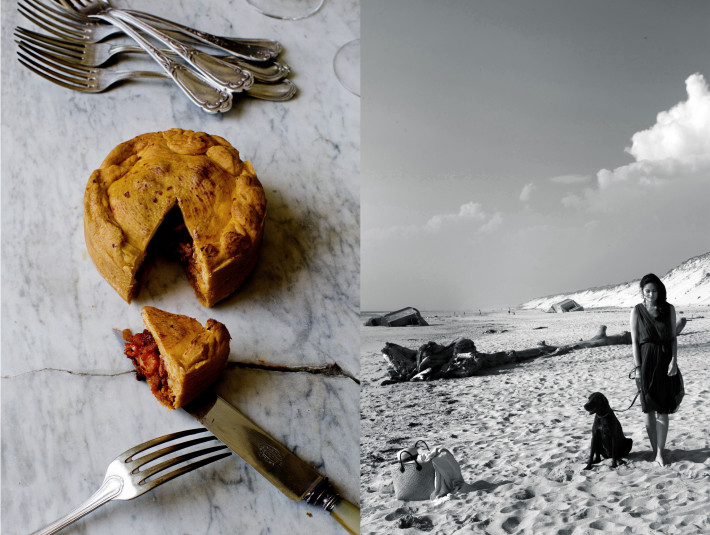
Tielle
(serves 6)
The tielle from Sète is a traditional local speciality, brought to Sète by an Italian family from Gaeta in the 18th century. The octopus is the emblem of the village of Sète. The tielle, in other words octopus pie, consists of a very tasty tomato sauce with a dash of chili and tender octopus. The pastry is similar to a bread, very tasty thanks to the tomato & muscat flavors. I serve this with a simple fennel salad (see below). For this recipe, I used a standard tart pan (26cm/10-inches).
750 g/ 1 & 2/3 pounds octopus, cleaned and prepared
420 ml/ 1 & ¾ cup tomato coulis
1 carrot, diced
2 tablespoons tomato concentrate
125 ml/ ½ cup dry white wine
1 large onion, sliced finely
¼ tsp piment d’espelette (or chilli flakes)
2 garlic cloves, sliced finely
1 tsp sugar
1 tsp paprika
¼ tsp saffron threads
A few sprigs of thyme, leaves picked
Coarse sea-salt and freshly ground black pepper
For the octopus:
1 carrot
1 celery stick
1 bouquet garni
10 black peppercorns
Coarse sea salt
Add 1 carrot, 1 celery stick, 1 bouquet garni, salt & 10 black peppercorns to a large pot of water. Bring to a boil and add the octopus. When the water starts to boil again, cover and lower the heat. Leave to cook for 35 to 45 minutes. Test with a fork to see if the octopus is fork tender. Drain and set aside to cool. Once cooled, slice the octopus into small to medium chunks.
In a large skillet pan, sauté the onion and garlic for 5 minutes in olive oil on medium heat. Add the diced carrot and continue to cook for 5 minutes. Add the tomato coulis, tomato paste, saffron, paprika, piment d’espelette (or chili flakes) and sugar. Sprinkle with thyme and drizzle with the white wine. Add the octopus, stir so all the ingredients are combined, season with salt and pepper. Cover and leave to cook on a low heat for 45 minutes. The mixture should reduce at least a quarter. Set aside and leave to cool.
For the dough
300 g/ 2 1/2 cups plain flour
1 tsp bicarbonate of soda
1 tsp active yeast
2 tablespoons olive oil
60 ml / 1/2 cup tomato sauce
45 ml/3 tablespoons water
1 egg yolk
60 g/ 4 tablespoons butter, at room temperature
1 tsp honey
1 tsp salt
45ml/ 3 tablespoons Muscat de Frontignan (alternatively , use another sweet white wine)
Place the yeast in a little bowl and add 2 tablespoons of lukewarm water. Leave for 5 minutes until mixture is frothy. Gradually incorporate the water, muscat and tomato sauce. Knead gently and add the honey, olive oil and butter. Bring the dough together into a ball, cover with plastic wrap and refrigerate for 1 hour before usage.
Roll out 2 circles. Butter a tart pan and line with the first disc. Brush the edges of the pastry with water. Fill the tart with the filling. Cover with the second disc, pressing on the edges to seal the borders. Brush the pastry with the egg yolk. Transfer the tart to the preheated oven 200°C/400°F and cook for 25-30 minutes.
Leave to cool for 10 minutes before serving.
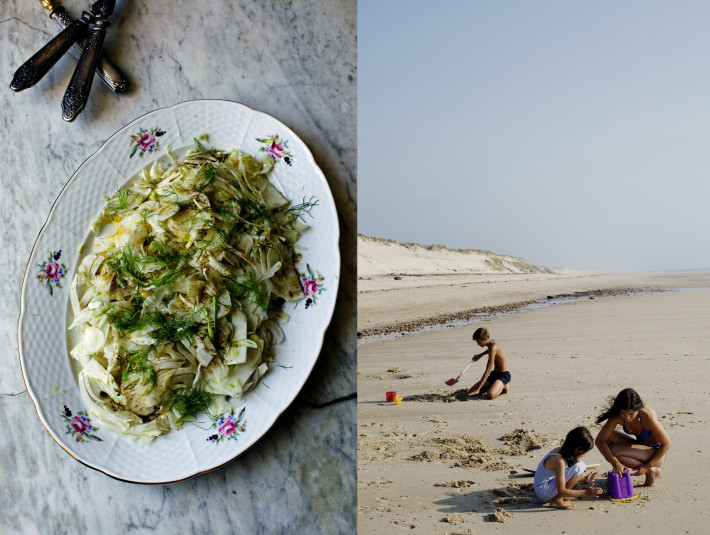
Fennel salad
Slice one large fennel thinly (I use my magimix slicer) and sprinkle with the feathery fennel strands. Drizzle with olive oil and a dash of balsamic vinegar.

Apricots rôties et crème chantilly pistache(roasted apricots with pistachio cream)
(serves 4)
25g/ 1 ½ tablespoon butter
2 tablespoon brown sugar
1 vanilla pod, split lengthwise
8 large apricots, halved and pitted
80 g/3 ounces unsalted pistachios, shelled
To serve with
A large handful of pistachios, shelled & coarsely chopped
120 ml/ ½ cup heavy cream, for whipping
Preheat the oven to 210°C/ 425°F
In an oven-proof skillet, melt the butter over medium heat. Add the sugar, vanilla and apricots. Gently stir so the apricots are covered with the mixture, for a few seconds. Transfer to the oven and roast until tender, about 8 to 10 minutes.
Whip the cream and incorporate ¾ of the pistachios. Serve apricots with the whipped cream on the side. Sprinkle the rest of the pistachios on top.
